Nettle - defiant protector of thresholds, underground resistance fighter, evoker of attention and botanical awareness
This is the 27th post in the Stacking Functions in the Garden, Food Forest and Medicine Cabinet : The Regenerative Way From Seed To Apothecary series.
This post serves as the 27th post which is part of the above mentioned (Stacking Functions in the Garden, Food Forest and Medicine Cabinet : The Regenerative Way From Seed To Apothecary series).
She recalcitrantly emerges in the spring when freezing nights and the odd flurry are still possible. She defiantly speaks of ancient agreements, alliances and seasonal traditions of our indigenous ancestors with her family wearing a bright green chlorophyll woven dress.
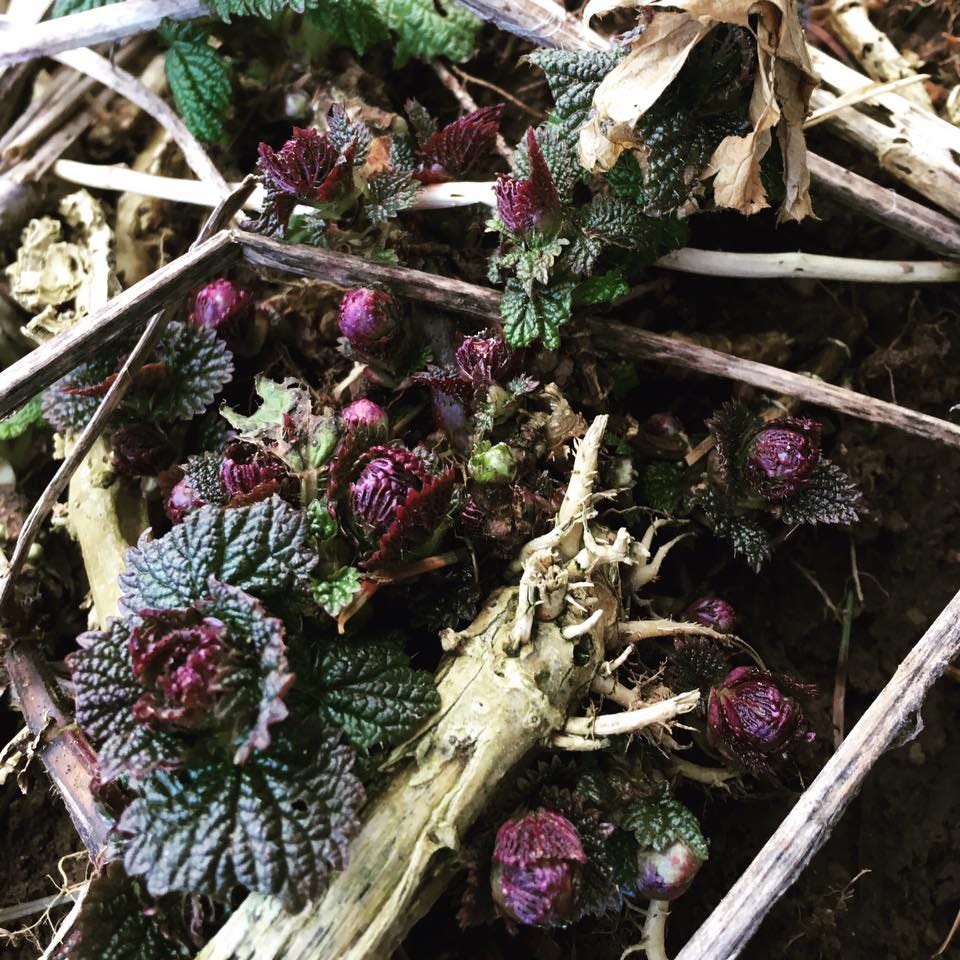
She audaciously expresses herself when her other rooted kin are still cautious of the cold. She will often embellish her outfit with accents of purple painted by the anthocyanin. These purple hues are evoked by the touch of frost combined with her unwillingness to submit in the face of adversity.
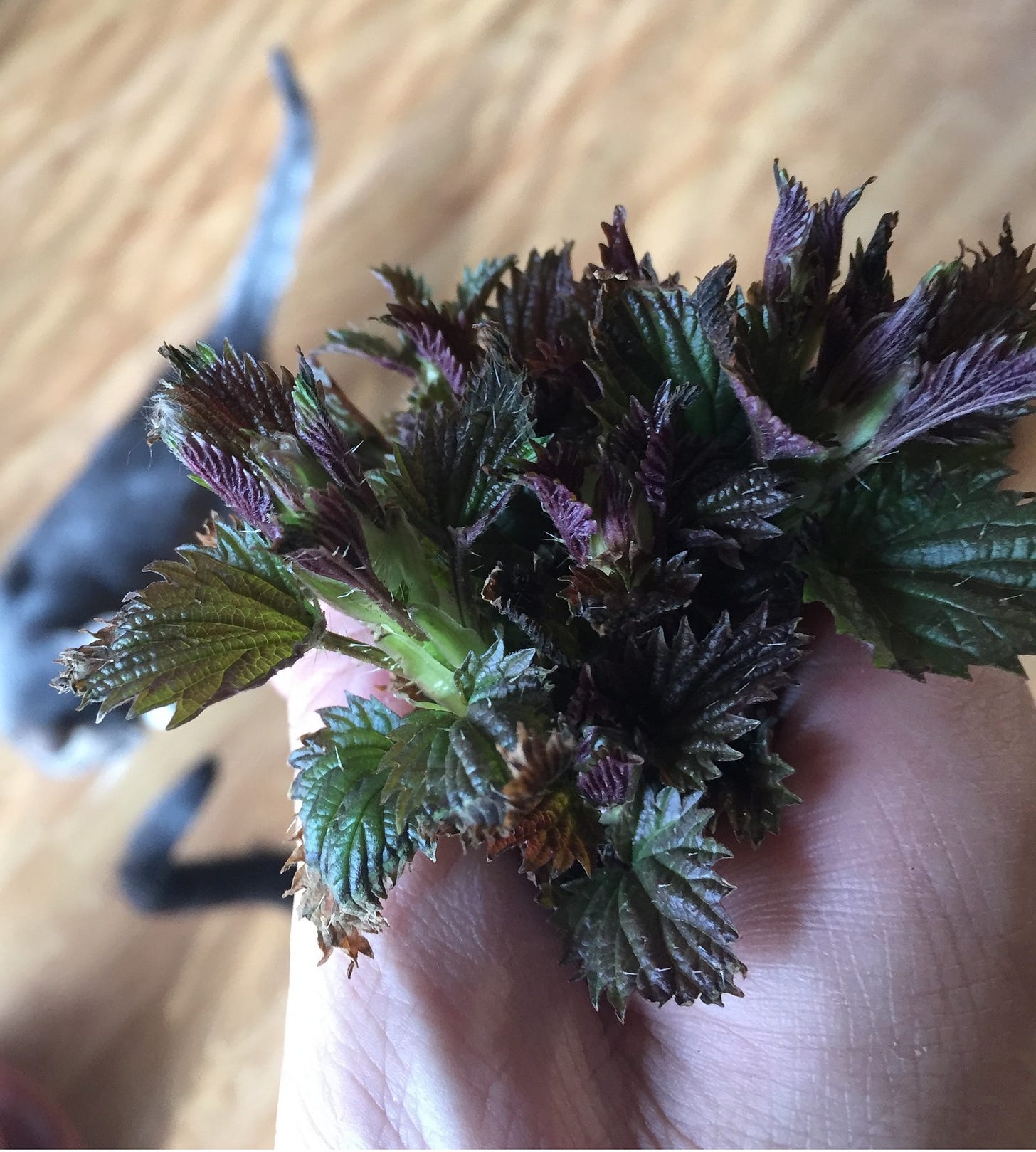
She fiercely defends the threshold edge of the sacred forest and takes up a warrioress stance when protecting her taller rooted elder kin.
She moves with confidence and purpose within the battlefield in the war on nature called “civilization” and reminds us that the wild spirit of the Earth is not as easily tamed and pacified as industrialists and techno-optimists might think. She casually pierces the skin of ecologically illiterate and plant blind anthropocentrically minded humans with razor sharp glass tipped daggars filled with venom, reminding them of the persistence and agency of the more than human world with vivid tactile sensations.
She does not politely and passively attempt to lure your attention like a visually pretty, yet ecologically feeble, domesticated and pacified thornless greenhouse grown rose, no, she reaches out and evokes your awareness audaciously, speaking for the wild biodiverse places lost in the endless pursuit of ”progress”. She evokes our attention and speaks in a language humans cannot ignore.
She creates underground resistance networks of rhizomes that refuse to comply with the edicts of monoculture thinking humans living in artificial places made of concrete, plastic and glass. When the killing machinery of civilization targets her, she engages in botanical aikido redirecting that energy to help her propagate her rhizomes and spread them further, coming back with a vengeance and thwarting the promoters of turf tyranny.

She adorns her dress with shimmering trichomes tipped with a translucent crystalline faceted shards filled with her defensive formic acid.
She reminds us to pay attention.
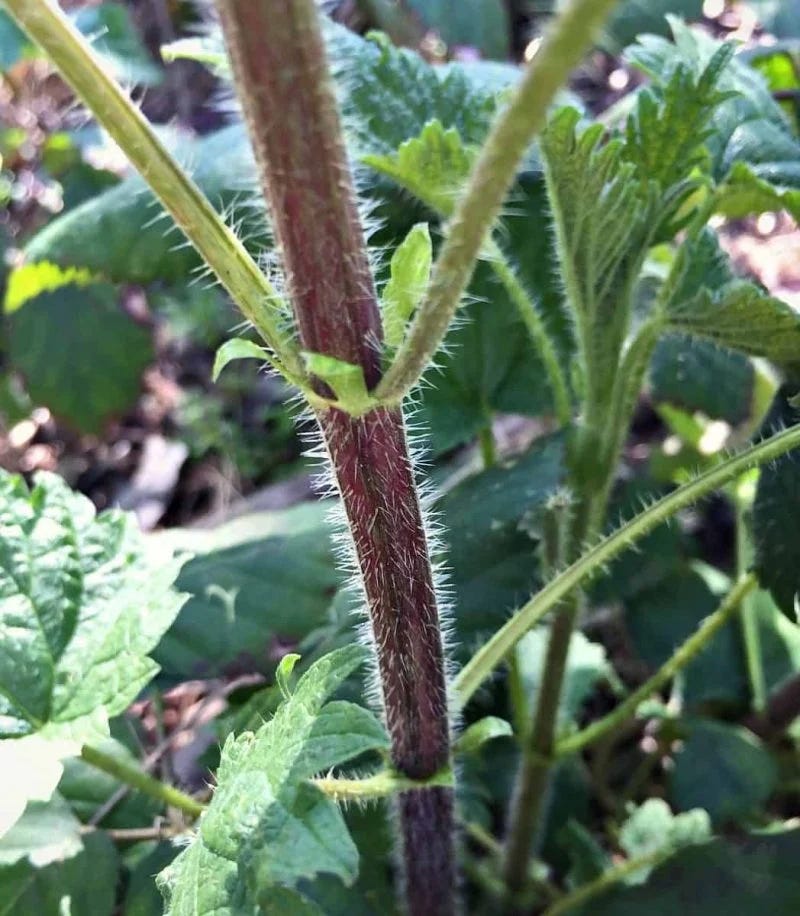
“Nettle as Awareness Medicine
When I was a kid, I remember being stung by nettles and carefully rubbing jewelweed on my stings to soothe them. Back then though, I only knew I wanted to avoid the nettle, so I paid careful attention to where it grew. This is one of nettle’s many lessons: nettle awareness medicine. It teaches us how to pay much closer attention to our surroundings, and reminds us that there are consequences for failing to do so. Most people stop at nettle’s stinging qualities; the stings, in the form of fine hairs with irritating chemicals, often prevent people from knowing nettle’s deeper mysteries. But if we instead grasp it tightly, so much of the medicine and magic of the nettle opens up before us.” -
Dana O'Driscoll (from her post on “Stinging and Wood Nettle’s Medicinal, Edible, and Magical Qualities”
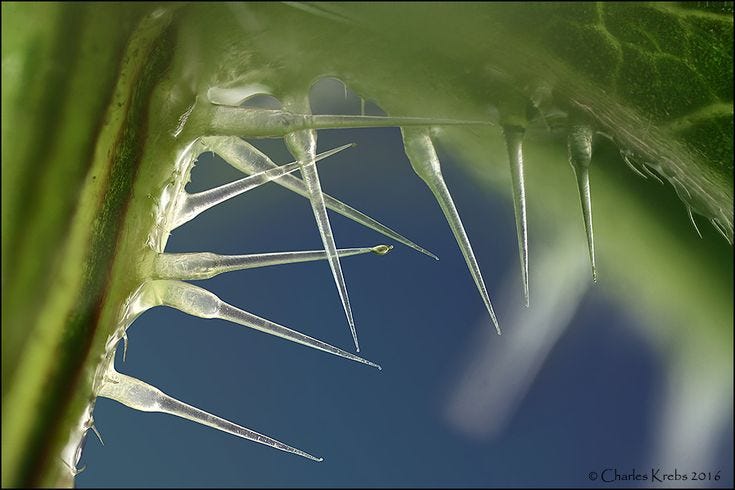
“Attention is the doorway to gratitude, the doorway to wonder, the doorway to reciprocity.
Paying attention is a form of reciprocity with the living world, receiving the gifts with open eyes and open heart.”
― Robin Wall Kimmerer, Braiding Sweetgrass: Indigenous Wisdom, Scientific Knowledge, and the Teachings of Plants
Stinging Nettle is one of my favorite wild herbs and “weeds” to grow and forage for as it is so versatile (both in the kitchen and in the medicine cabinet).
I like to use it in the place of cooked spinach in most recipes and add it to batches of kimchi, kraut, chili and miso soup for an extra punch of mineral rich nourishing essence.
Contrary to their widespread and often misunderstood reputation, nettles are a nutritious wild superfood, an ancient whole-body medicine, a traditional textile plant, food for important pollinators, and a super compost activator and soil nutrient.
Stinging nettle, or Urtica dioica, is a flowering plant that is found worldwide. It is native to northern Africa, Turtle Island (aka North America), Asia, and Europe. It grows most abundantly in areas with high annual rainfall. Nettle prefers nitrogen-rich soil and is commonly found in the understory of riparian areas, along the edges of meadows, in open and in rich forests. Nettle is deciduous, re-growing in the summer to a height of 3 to 7 feet from its deep and widespread rhizomes. Nettle, unlike many other plants, tends to produce only male or female flowers throughout each plant, thus giving it its name dioica, meaning “two houses.”
Though cursed by hikers, gardeners, monoculture machine farmers and homeowners alike, stinging nettle is a nutritional powerhouse, a potent medicine and endlessly useful. Its praises have been sung across the globe and nettle appears in many fables and myths, as well as European, Asian, and Turtle Island history.
This plant stings a bit, but don’t be a hater, as it has far greater virtues. Nettles can be used to aid digestion and detoxing just like dandelion, but has also been used to treat eczema, skin rashes and arthritis. You can juice it for concentrated nutrition and a powerful toxin-flushing effect, or you can make it into nettle tea as a herbal digestive remedy. You can also add it in tasty food preparations such as nettle pesto and nettle soup.
The most important health benefits of stinging nettle include its ability to detoxify the body, improve metabolic efficiency, boost immunity, increase circulation, improve energy levels, manage menstruation, minimize menopausal symptoms, and aid in skin care. It has the power to protect the health of the kidney and gallbladder, lower inflammation, increase muscle mass, regulate hormonal activity, lower blood pressure, soothe hemorrhoids, and improve respiratory conditions.
Ancient indigenous healers from Turtle Island and European herbalists have used the fresh leaves to treat aches and pains. Native American and European herbalists have used them to treat aches and pains. Breeders have long fed them to horses to give them a sleek coat.
Farmers in Sweden put leaves in the diet of dairy cattle in the belief they can increases milk production.
Even after conducting research, creating my own tinctures, preserves, and consuming large quantities of tea and fresh leaves, I have only barely scratched the surface of available information and potential recipes focused on stinging nettle. It is impossible to learn of the seemingly endless uses for nettle and not subsequently wonder about the other plants we ignore because we have been indoctrinated to deem them to be “weeds”. How strange that in a time when people complain about grocery bills and cost of living we have a society that has largely abandoned the free and abundant stinging nettle as a textile, a medicine, a food source, and a component of ceremony. Ignoring the rich history of global usage, many lament the presence of nettle in their gardens and carefully avoid it whenever encountered (yet this plant offers a basket brimming with gifts in nutrition and the medicine cabinet).
Our indigenous ancestors (the world over) recognized the many gifts this gumptious and resilient plant and allied with her despite her prickly personality.
In a similar way to what I described in my articles on Birch trees, Pine trees, and Oak trees this plant is found in almost the entire Northern Hemisphere, meaning that the Nettle is one of those tethers to the ancient indigenous histories of all people who have ancestors that called the northern hemisphere home. In fact, for those of us in the northern hemisphere, each and every one of our respective ancestors had a close relationship with at least one type of Nettle and that it played an integral part in their daily life, their traditions and their means for surviving.
Thus, the rooted elder beings of the Nettle family offer a sacred reminder of a time before arbitrary lines were drawn in the sand by statists for greed and ego back to an era when many of our ancient ancestors knew the trees intimately and had a reciprocal relationship with them. Long before people were swearing allegiance to kings, queens and flags they were swearing allegiance to the living Earth and recognizing our ancient kin (such as these evokers of attention and awareness we call Nettles) and the many gifts they shared with us.
If your ancestors hail from the northern hemisphere Nettle offer you a sort of universal language to perceive the common ground you share with the ancestors of those now residing in nation states far and wide. This plant offers you a glimpse into your own indigeneity and your ancestors relationship to place. Yes all of us have an indigenous past connected to our blood and our soul. For some of us, that indigeneity is buried under multiple millennia of bloodshed, oppression, re-writing of history and statist propaganda. Though it may be buried deep and many may have sought to erase that part of your heritage from the stories of modern cultures, this part of you exists nevertheless. This part of your ancient heritage when your ancestors lived close to the land and the forest, recognizing more than human beings as deserving of our respect as conscious beings.
After you read the article below and learn about all the beauty, blessings and the many gifts offered to us by Nettles, I invite you to take a moment next time you see a nettle plant, to look upon her with gratitude and reverence for all that he shares with the world, as in doing so, you will be choosing to see the world through the eyes of your ancient ancestors.
Through seeing plants like Nettle as those whose blood flows in your veins now did millennia ago you begin the unlearn the lies, self important delusions and separation mentality that is inherent in modern civilization (and liberate yourself from Spiritual Poverty). In that act to see the defiant and gumptious Nettle plant with the understanding and reverence of those who came before you and walked the earth with respect eons ago, you are building a tangible bridge that connects you to your honoured elders and ancestors and a bridge that also directs you towards a more Regenerative, humble and hopeful future.
Such are the blessings we are given when we learn to see the living earth and our rooted elder kin as the ancients did, as wise teachers, protectors, healers, sources of inspiration, regeneration and renewal.
When we learn to perceive and interact with our rooted kin (such as Nettles) as our ancestors did we shatter the modern illusion of separation that nation states attempt to impose on us and begin to speak a universal language that connects us all as equals.
However, within the realms of colonial statist modernity (that some have described as a “sustainable prison”) in this existence where many of us have been inculcated into various forms of generational amnesia, raised to covet comfort, convenience and fear forests, cringe at getting one’s hands covered in soil and avoid any painful experiences with an array of pharmaceutical drugs and by living in skyscraper canyons buzzing with doordash and uber vehicles, many look upon plants like nettle with disgust and distain.
Let us begin to remedy this strange cognitive dissonance and widespread idiocy via learning about some the many gifts this plant offers so we can begin to re-align our perceptive capacities and pattern recognition aptitude with the wisdom of our ancestors so we can form a long term alliance with yet another rooted kin so we can take steps to embrace food and health sovereignty in the years ahead.
Common Name: Nettle, Stinging nettle
Family: Urticaceae
Part used for medicine/food: Entire plant (Aerial, Radix, Roots, Seeds)
Constituents:
Leaf: Acids (carbonic, caffeic, chlorogenic, formic, silicic, citric, fumaric, malic, oxalic, succinic), Amines (Ach, betain, choline, lecithin, histamine, serotonin), lignans, flavonoids (quercetin, kaempferol, and rutin), Nutrients (Vitamins A, B2, B5, C, K+, Ca+, silicon), chlorophylls a and b, dietary fiber & protein, nitrates, sterols, tannins, glucoquinones
Root: Polysaccharides, lectin, lignans, coumarins, triterpenes, sterols, tannins, phenolic acid
Medicinal actions:
Anti-inflammatory, anti-septic, mild hypoglycemic, diuretic, anti-hemorrhagic, hemostatic, detoxifier, vasodilator, circulatory stimulant, hypotensive, nutritive, galactagogue, astringent, expectorant, anti-allergic, reduces BPH, anti-rheumatic, tonic, anodyne, pectoral, rubefacient, styptic, anthelmintic, hemetic, anti-rheumatic, anti-allergenic, anti-lithic/lithotriptic, decongestant, herpatic, febrifuge, kidney depurative/nephritic, anti-spasmodic and anti-histamine.
Pharmacology and medicinal use:
Amines Ach, histamine & leukotrienes in fresh plant are responsible for stinging sensation.
Glycoquinones are hypoglycemic.
Flavonoids and high K+ possibly responsible for diuretic action and excretion of uric acid.
Urtica increases urine output and increases the removal of uric acid. The diuretic action of Urtica makes it useful in the treatment of edema, arthritis with swollen joints, and congestive heart disease. The root is indicated in BPH and uterine hemorrhages. Is specific for nervous eczema and will strengthen and support the whole body. Plays an important role in chronic and degenerative condition of the musculoskeletal system such as RA, OA, gout, joint pain and myalgia.
Cold Hardiness: 3-10
Native Range:
Stinging nettle (Urtica dioica) is native to Europe, Asia, northern Africa, and northern Mexico. It's widely distributed across Canada and the United States, excluding Hawaii. In Canada, it's found in every province except for Nunavut.

North America vs European
As I understand it, for a long time Urtica dioica was the name used to describe all of the common nettles in North America, and some older guidebooks probably still list it as such.
Just like with wild mushrooms, genetic sequencing and taxonomy seems to be constantly changing, and it now seems that Urtica dioica is strictly a European species, although I've been told it grows in some places in North America.
This means that common nettles that were once seen and referred to as a non-native, invasive plant in North America, are probably native. For eating purposes, this doesn't matter, as all common nettles make for good eating.
Growth Form:
This herbaceous perennial plant typically grows in dense stands, forming large, erect patches. It spreads primarily through underground stems called rhizomes and also reproduces through seeds. The plant can grow from 3 to 9 feet tall, with stout, square stems and opposite, serrated leaves.
Reproduction:
Nettle is primarily wind-pollinated. It produces numerous tiny, pale green flowers in dense clusters, and the male and female flowers are usually found on the same plant (monoecious). While wind is the primary pollinator, some insect pollination can also occur.
The plant reproduces via seeds and rhizomes that can form extensive colonies.
Habitat and Ecological Niche:
Stinging nettle (Urtica dioica) thrives in moist, nitrogen-rich environments, often found in riparian areas, meadows, and disturbed sites. Its ecological niche includes providing habitat and food for numerous insects and butterflies, and serving as a source of edible greens and medicinal remedies.
For more on the habitat and many benefits of Nettle:
Health Benefits of Stinging Nettle:
The most important health benefits of stinging nettle include its ability to detoxify the body, improve metabolic efficiency, boost immunity, increase circulation, improve energy levels, manage menstruation, minimize menopausal symptoms, and aid in skin care. It has the power to protect the health of the kidney and gallbladder, lower inflammation, increase muscle mass, regulate hormonal activity, lower blood pressure, soothe hemorrhoids, and improve respiratory conditions.
Many of nettle’s benefits come from its high nutrient content. It contains vitamin A, vitamin C, and vitamin K along with easily assimilated calcium and iron. Other nutrients include magnesium, potassium, protein, beta-carotene, and chlorophyll.
Stinging nettle also has a high antioxidant content and contains polyphenols. Antioxidants help to defend the body against free radicals which can cause aging, some types of cancer, and other diseases. You can forage for it in many different regions or grow some in your garden (where it will require little or no attention and provide you copious amounts of food and medicine).
Nettles are what herbalists call a whole-body tonic, meaning that the medicine contained in the plant helps strengthen and support the health of every single body system, including:
immune system
circulatory system
urinary tract
nervous system
respiratory tract
digestive system
endocrine system
Nettle is used globally to combat a wide range of afflictions. It is extremely helpful for respiratory ailments and may be consumed or inhaled as a decongestant, and to treat the symptoms of hay fever, asthma, and seasonal allergies. The high iron content in stinging nettle combats anemia and lethargy, and makes it a wonderful plant for women as it can ease menstrual cramps and prevent heavy bleeding during menstruation. The plant also has many benefits for expectant mothers. It guards against excessive bleeding, eases labor pains, and improves lactation. It is also a common prescription for kidney disorders, aids in the dissolving of kidney stones, encourages blood clotting, dilates the capillaries, and stimulates blood circulation. These clotting and circulation effects make it an excellent plant for treating bruises, cuts, and inflammation.
Nettle also helps to rebalance the body by acting as a tonic for the liver, blood and kidneys by balancing blood pH and safely flushing waste from the body (Krohn, 2007). It is also a common prescription for kidney disorders, aids in the dissolving of kidney stones, encourages blood clotting, dilates the capillaries, and stimulates blood circulation. These clotting and circulation effects make it an excellent plant for treating bruises, cuts, and inflammation.
The sting of the nettle, though painful, also produces beneficial results. The combination of acetylcholine and formic acid produce an improvement of cellular responses, capillary stimulation, and lymph flow. These reactions are said to reduce inflammation, speed healing, and improve circulation (Krohn, 2007). The sting has also been used for thousands of years as a treatment for rheumatism and arthritis (Jones, 1994).
Here are some of the health benefits that Nettle offers:
1. Strengthens immune function
The nettle plant contains several immune-boosting compounds, including flavonoids, carotenoids, and vitamins A and C. These antioxidants help protect immune cells against damage that can weaken immune function. Research shows nettle extract strengthens the immune response, encouraging immune cell activity. Scientists at Hacettepe University in Ankara, Turkey, found that the plant stimulates the T-cells of the immune system, which help fight infection and other disease-causing pathogens in the body.
Stinging nettle has also been connected to the treatment of a variety of respiratory conditions, including hay fever, asthma, and other seasonal allergies. Also, certain extract combinations from stinging nettle can significantly reduce allergic reactions. This is confirmed in a study conducted by Dr. Randall Alberte, et al., Chief Scientific Officer of HerbalScience Group LLC, US. Regular consumption of its tea has been associated with curing asthma in Australia for generations.
One human study suggested that nettle capsules helped reduce sneezing and itching in people with hay fever. In another study, 57% of patients rated nettles as effective in relieving allergies, and 48% said that nettles were more effective than allergy medications they had used previously. Researchers think that may be due to nettle's ability to reduce the amount of histamine the body produces in response to an allergen.
It only makes sense that this amazing cure-all herb would also be able to positively affect the heart. Research has revealed that regular consumption of stinging nettle tea can help to lower systolic blood pressure and relieve tension and stress on the cardiovascular system.
4. Improves Prostate Health and treating Benign Prostatic Hyperplasia (BPH)
Prostate enlargement and other prostate problems are a serious issue to all men as they age and stinging nettle has proven to be an effective means of preventing prostate growth. However, due to the chemical pathways that this treatment takes, stinging nettle root can only prevent the prostate enlargement, not reverse or reduce it. Palmetto along with nettle root can also reduce the urge of frequent urination.
Stinging nettle root is used widely in Europe to treat BPH. Studies in people suggest that stinging nettle, in combination with other herbs (especially saw palmetto), may be effective at relieving symptoms such as reduced urinary flow, incomplete emptying of the bladder, post urination dripping, and the constant urge to urinate. These symptoms are caused by the enlarged prostate gland pressing on the urethra (the tube that empties urine from the bladder). Some studies suggest that stinging nettle is comparable to finasteride (a medication commonly prescribed for BPH) in slowing the growth of certain prostate cells. However, unlike finasteride, the herb does not decrease prostate size. Scientists aren't sure why nettle root reduces symptoms. It may be because it contains chemicals that affect hormones (including testosterone and estrogen), or because it acts directly on prostate cells. It is important to work with a doctor to treat BPH, and to make sure you have a proper diagnosis to rule out prostate cancer.
5. Skin Care
When the extracts are applied to the skin, stinging nettle has been proven to reduce the severity of acne and can even prevent bacterial infections. Due to its antioxidant properties, it can also speed healing, reduce the appearance of scars and blemishes, and promote anti-aging effects to reduce wrinkles and age spots.
Stinging nettle is a stimulant and rubefacient substance, making it very effective against various inflammatory conditions. Researchers from Germany in their study have revealed that the herb can treat rheumatic arthritis and chronic muscle pain. Furthermore, stinging nettle tea or herbal supplementation can also effectively treat gout.
Although we don’t hear much about boron, it is still an important mineral found in stinging nettle. Boron has been linked to maintaining calcium content in our bones, which means that stinging nettle can help to slow the onset of osteoporosis. When you combine that effect with the hormone-regulating impact that stinging nettle has, which helps to regulate and monitor bone health as well, it seems like this herb truly can do it all.
8. Promotes Feminine Reproductive Health
Stinging nettle has a number of active components that affect feminine health. For painful premenstrual symptoms, it can give relief from cramping and bloating, while also minimizing blood flow during menstruation due to its astringent capabilities. For women undergoing menopause, stinging nettle can smooth the transition and act as a restorative aid, so the hormonal shift isn’t as dramatic in the body.
The combination of high vitamin C and iron content in stinging nettle makes it ideal for stimulating red blood cell production. Vitamin C optimizes iron uptake in the gut, while the iron is a crucial component of hemoglobin. By increasing the RBC count and the blood circulation, as well as speeding up wound recovery, the body’s extremities receive essential oxygenation to boost energy levels. For the same reason, stinging nettle is often recommended to relieve fatigue or anemia, which is characterized by general muscle weakness, exhaustion, cognitive difficulties, and headache.
The beta-carotene content of nettle leaves is 10 times that of wheat and barley flour. This vitamin is essential to maintaining a healthy retina and ensuring an adequate response to light.
11. Improves Lactation In Nursing Mothers
Nettle is traditionally used as a galactagogue, meaning it helps increase breast milk supply in nursing mothers
A clinical study completed in 2018 found that mothers who drank an herbal tea containing Stinging Nettle saw an increase in milk production after seven days.
The leaves and stems of nettle have been used historically to treat arthritis and relieve sore muscles. While studies have been small, they suggest that some people find relief from joint pain by applying nettle leaf topically to the painful area. Other studies show that taking an oral extract of stinging nettle, along with nonsteroidal anti-inflammatory drugs (NSAIDs), helps people reduce their NSAID dose.
Nettle is a herb that has been traditionally used to improve fertility and increase the chances of conception. It has some fantastic detoxification properties which are essential for maintaining a healthy reproductive system as it helps eliminate toxins from the body.
The leaves of the nettle plant are rich in vitamins and minerals, including iron, calcium, and magnesium, which are important for reproductive health. These nutrients can help regulate menstrual cycles, improve overall fertility, and increase the chances of conception. This is why it’s a chosen favourite when it comes to fertility boosting tea!
Nettle leaf also contributes to the toning of the uterus. A toned uterus is important for supporting a healthy pregnancy and facilitating the implantation of the fertilized egg.
“Nettles stings are also therapeutic; specifically, they bring a flush of new blood to areas that are stung, addressing stagnation in the body’s system. I believe that nettle works on the same level spiritually and offers a powerful lesson. Sometimes, we can’t avoid the pain of living and life, but it is in these most painful moments that we are able to clear away old stagnant patterns of living that no longer serve us. Sometimes, it is because of this pain that we have new opportunities for deeper growth.”
Dana O'Driscoll (from her post on “Stinging and Wood Nettle’s Medicinal, Edible, and Magical Qualities”
History and Cultural Relevance of Nettle:
Known to my Gaelic ancestors as neantóg (pronounced Neean toag) or by it’s Scottish Gaelic name: Deanntog.
Nettles symbolize protection, resilience, and endurance. They’re often regarded as a protective plant in Irish folklore, believed to repel negative energies when hung near doorways or windows. Their stinging nature also enhances this association with protection, creating a barrier against harm.
Nettles have long been cherished in Ireland, Scotland and in Wales for their culinary, medicinal, and symbolic roles. As one of the first greens to appear in early spring, they are a reminder of renewal and vitality, connecting people to traditional seasonal practices.
Guardian of Thresholds:
Nettles are sometimes seen as threshold guardians in ancient pro-colonial Gaelic culture, protecting against negative influences. Nettle fibres have been found in burial cloths from the Bronze age, also closely linking this plant with the threshold between life and death.
Its association with protection is evident in its stinging defense mechanism, teaching respect for boundaries. In folklore, nettles have been linked to Thor, the Norse God of Thunder, offering protection against lightning, or the embodiment of lightning through nettle’s burning sting. In times of thunderstorms or turbulent weather, travelers would toss bundles of nettles into the fire as an offering to Thor, seeking protection from lightning.
Within many magical traditions, nettle is held in high regard as a protective plant, valued for its ability to dispel negative energies, breaking spells, releasing unhelpful patterns, and providing overall protection. Its leaves find application in pre-colonial Gaelic alchemic potions crafted to transform challenging situations into nurturing ones, and they can be burned to eliminate negativity and break curses. Nettle, in certain animist practices, also shows up in regenerative planning and time crafting.
In Traditional Chinese Medicine, nettle has been long known for its capacity to treat skin eczema, congested lungs, gout, edema, and generally enriching kidney and liver Yin. Throughout history nettles were also believed to help break curses and spells!
Nettle strengthens the entire body. In TCM terms, it is a Yin tonic, meaning that it strengthens the Yin aspects of the self. It helps the body cool itself down more effectively as well as strengthening all the vital organs, especially the immune system, kidneys, and liver.
Nettle has been utilized by humans for thousands of years on multiple continents. In ancient times, it served as food, medicine, and even textile fiber.
Because of its strong and sturdy fibers, Nettle would be a great ally if you were ever stranded in a forest, as it can be used to make natural cordage. This natural cordage could then be used to help build a shelter, start a fire, fashion clothing, make tools, and more, making it the ideal plant to have around in a survival situation.
Ancient Rome: The Romans used nettle to ease joint pain and promote circulation. They would often apply it as a poultice or take it in tea form.
Middle Ages: In the Middle Ages, nettle was believed to possess magical properties and was thought to ward off evil spirits. It was also a common ingredient in medieval medicine.
Today, nettle is experiencing a resurgence in popularity due to its ecological benefits and therapeutic properties, becoming a key ingredient in both modern herbal medicine and holistic health practices.
Stinging Nettle is known for being part of the Nigon Wyrta Galdor or Nine Herbs Charm. The charm was part of a manuscript written in the 9th or early 10th century called Lacnunga, which is Old English for ‘remedies.’ It’s a ‘healing spell’ or ‘galdor’ in Old English.
Many indigenous peoples of Turtle Island have enjoyed a strong relationship with the stinging nettle plant since time immemorial. Many tribes including the Winnebago, Coastal Salish, Omaha, Cupeño, Menominee, and Subarctic peoples wove nettle clothing, using it for undershirts, robes, cloaks, and ponchos (Pritzker, 2000). Several tribes also used in it in the construction of their fishing nets. This list of Native American uses for nettle, however, is extensive. Nettle has been used as food, medicine, clothing, and in ceremonial practice. Many tribes enjoy fresh nettle leaves or a nettle tonic in the spring, using it to purify the blood and the liver. Pregnant woman also commonly use the plant: it guards against extensive bleeding during childbirth, eases labor pains, and strengthens both the uterus and the fetus (Schneider, 2004). Nettle’s use as a styptic is not limited to pregnant women. The ability of the plant to stop bleeding makes it a popular choice for wound management. Wounds can be coated with dried, powdered nettle or wrapped in fresh leaves that had been lightly pounded in order to increase their medicinal benefits (Shimer, 2004).
One of the most well-recorded uses of stinging nettle, stretching back over 2,000 years, is urtication. Employed by indigenous tribes and many countries worldwide, it involved beating ones limbs with stalks of stinging nettle. To practitioners, it serves as a cure for painful, arthritic joints. There are conflicting opinions about the true benefit of this practice. Some argue that the sting merely provides a distraction from the pain of arthritis. However, others point to the injection of histamine by the nettle plant. Once histamine is injected into the body, an anti-histamine reaction occurs, with the body attempting to draw down the inflammation. It is thought that perhaps this reaction by the body also serves to reduce arthritic swelling. Warriors and hunters of many clans also used the sting of the nettle to keep themselves alert during battle or the hunt (Krohn, 2007).
There are also several documented ceremonial uses of stinging nettle. Several Nevada tribes, for example, burned nettle leaves in sweat lodges. This served two purposes: to act as an offering, and also to treat pneumonia and the flu (Hatfield, 2004). In addition to being a potent medicine, the Kawaiisu associated nettle with powerful dreams. If individuals wished to have medicine dreams they would walk barefoot through fields of nettle to prepare themselves to enter the dream world (D’Azavedo & Sturtevant, 1986).
Stinging nettle also appears in indigenous folklore, often being associated with coyote, suggesting that nettle is the trickster of the plant world. Nettle folktales also remind the listeners of man’s foolish decision to label the plant as a weed. A Cree legend illustrates this and echoes Vanessa’s sentiments on that summer afternoon at Northwest Indian College.
Masan [stinging nettle] was once golden with shimmering leaves and a bright aura. The human beings did not pay their respect to this plant medicine, taking it for granted, passing it by without offering tobacco. In time it turned color to blend in with the other plants and grew stinging hairs to catch the human beings by surprise and sting them. That made us pay respect. (Keane, 2005)
Fibres from mature nettle stems have been used to make tablecloths and bedsheets in Scotland. The ancient Egyptians used them to treat lower back pain, while Roman troops rubbed them on their bodies to help stay warm.
Cloth made from the herb was widely used by the German army during World War 1 when there was a shortage of cotton. Fishing nets during this time were also largely made from nettle twine.
“Nettle magic is the magic of Mothering. With her bounty of nutrition, she offers us the building blocks we need to be healthy, strong individuals. The flavour of nettle tea has been described as akin to milk or mother’s milk; with nettle in your life reminding you to take the time to nourish yourself at the most basic levels. Nettle’s sting, however, reminds us to value our gifts just as we must honour and protect the work of mothering if we are to remain healthy. Nettle protects herself and her space with a mild sting that can last for days. In this, she asks us to recognize and honour the worth of what she gives; if you’re willing to hazard the sting to gain her treasure, you’re more likely to value what you have taken. When nettle has come into your life, especially around a project you’re nurturing, take time to ensure you and those who might benefit from your work recognize and value your contribution.“
- Maria Billington (source)
Functions In The Wilderness and in the Food Forest:
Pernicious weed? No: beneficial insect magnet, wildlife buffet, nutrient-rich feed, compost fodder… this superpowered plant is one to welcome into your garden
Contrary to popular belief that the plant is a menace, I believe, under proper tending and stewardship, the plant can be grown, and its benefits maximized fully (in both a regenerative garden and a food forest setting).
Primary Uses:
Edible Leaves - used fresh and cooked briefly; leaves dry well and can be stored for later use
Tea Plant - fresh or dried leaves are used
Secondary Uses:
Dynamic Accumulator (Potassium, Calcium, Sulfur, Copper, Iron, and Sodium) - excellent addition to compost
Stinging nettle increases the vigor of almost any vegetable it shares a space with.
Manure Tea Plant - high in Nitrogen
great for chop and drop soil enrichment routines around fruit trees
Lacewings prefer to lay eggs on Stinging Nettle leaves
Ladybugs prefer Stinging Nettle foliage
Fiber Plant - obtained from the stems. Makes a strong fiber similar to flax which can be used to make cloth similar to linen. The fiber can also be used to make paper
The seeds can be pressed to produce an oil that can be used in lamps
Dye (green) from the leaves and stems
Extensive medicinal use
Juice from the leaves have been used for hundreds of years to curdle milk for cheese making if rennet is not available
Drinks can be made from the young shoots - non-alcoholic drinks similar to ginger-beer and alcoholic drinks like beer and wine
Stinging Nettle can be eaten, used for tea, used medicinally, and used to make a fiber similar to linen. They are also attractors of beneficial insects. The plants accumulate large amounts of nutrients, and if composted can be a valuable fertilizer to your garden. These are resilient and useful plants.
Special Considerations for Growing:
If you have trees such as the pawpaw trees, you can grow them beneath those trees to discourage some animals from consuming the fruits.
Tolerates juglone (natural growth inhibitor produced by Black Walnut and its relatives). Consider using this tree as a buffer between your walnuts and other plantings.
Nitrogen
To begin with, the plant has a high nitrogen concentration. In a compost heap, the plant provides excessive heat for the decomposition of the compost pile due to its high nitrogen concentration. The result is perfect mulch for vegetables grown in the garden.
Insects
The stinging nettle plant supports the habitation of insects such as the larvae of butterflies. For insects such as the ladybug, the plant provides them with healthy nutrients. Ladybugs naturally control the pest population in a garden. The more stinging nettle plants you have in your garden, the more the ladybug insect is going to lay its eggs on the leaves, thus increasing their population in the garden,
Eventually, there will be an increase in the population of insects that are more beneficial to your garden.
Stinging nettle seeds are also food for other wildlife such as birds, among other living creatures in the garden.
Liquid fertilizer
Organic fertilizer has always been the best way to provide nutrients to plants in your garden. Despite the pungent smell that comes from creating this particular fertilizer from stinging nettle and water, the various benefits of using it are worth it. It takes about 2-4 weeks to ferment the entire plant in water completely. After that, dilute it with water to use it together with mulch on various plants such as kale and spinach, which always need a nitrogen boost.
Ways to use it as a fertilizer.
There are two distinct ways in which you can make manure out of the stinging nettle plant. Both methods give out very beneficial results. There’s not much to be done, and as you’ll quickly learn, the procedures are pretty simple.
Hot water
The quickest method involves adding hot water to several leaves that you just collected from your garden. Wear protective gloves when harvesting them. You don’t want to injure yourself by getting stings. In a bucket or barrel, add the leaves first, then pour the hot water all over them. Give the leaves some time to soak in hot water. As we know, subjecting any plant to heat removes any excess nutrients from the plant.
Strain the leaves from the water and use the remaining water on the crops in your garden.
Liquid fertilizer
This involves the fermentation of the leaves. As I mentioned earlier, this involves leaving the leaves in water and occasionally stirring them from time to time until the bubbles no longer appear. You can make as much as you need depending on your needs or the number of vegetable crops you have in your garden.
The process is very smelly, and you are advised to do it at a safe distance, away from your house. Once you have confirmed, there are no more bubbles, strain the leaves from the liquid mixture and proceed to use it on the crops of your choice.
Ecological Functions
Stinging nettle plays several important ecological roles. It acts as a food source and habitat for various insects, including caterpillars of certain butterfly species, and supports ladybirds that prey on aphids. Additionally, nettles contribute to soil health by accumulating essential nutrients, which can be beneficial to nearby vegetation.
1. Food and Habitat:
Insect Food:
Nettles are a primary food source for caterpillars of several butterfly species, like the Small Tortoiseshell, Red Admiral, and Peacock.
Ladybird Food:
Ladybirds feed on aphids that often gather on nettles, providing another layer of benefit for insect populations.
Shelter:
Clusters of nettles offer shelter for various insect species, including those that may be dependent on the plant for their entire lifecycle.
2. Nutrient Cycling and Soil Health:
"Dynamic Accumulators":
Stinging nettle is classified as a "mining plant" or "dynamic accumulator," meaning it efficiently gathers essential nutrients (sodium, sulfur, nitrogen, etc.) from the soil.
Soil Improvement:
These nutrients can then be released into the soil, benefiting the growth of other plants in the area.
Fertilizer:
The high nitrogen content in nettles makes them a valuable addition to compost and can be used to create natural fertilizer for other plants.
3. Biodiversity and Ecosystem Stability:
Supporting Diverse Species:
Nettles support a variety of species, contributing to the overall biodiversity of the ecosystem.
Essential Host Plant:
Nettles are essential host plants for several butterfly species, playing a crucial role in their lifecycle.
Ecological Equilibrium:
By supporting a wide range of species and contributing to nutrient cycling, nettles contribute to the overall health and stability of the ecosystem.
Guild Profile:
Forest Garden Use:
Herbaceous Layer
Ground Cover Layer
Excellent for growing around the base of nut, apple or pawpaw trees to serve as chop and drop material and to deter squirrels and other mammals from taking fruit.
Nettles are a wonderful wildlife habitat, in particular providing a home to a number of butterfly species whose caterpillars feed upon its leaves. Nettles are useful as a human food source too until around mid June, when they become rather too coarse to be palatable (although cutting them back after this will promote a flush of tender fresh growth). Use gloves to gather young nettles and wash them well. They have high iron content, and can be used as a spinach substitute, juiced or used in soups and stews, etc. They can also be used as the basis of a refreshing herbal tea, or made into nettle beer. Indeed, whole books have been written about the amazing number of uses and properties of the humble nettle. So whilst perhaps we wouldn’t want them to totally invade our productive food growing plots, why not view them as a resource rather than a problem and adopt a more tolerant approach to their presence in the ecologically-friendly garden, allowing them to grow in unmanaged areas or even small clumps between our fruit and vegetable beds? Nettles are of course also perfect for the low maintenance approach of Forest Gardening. They require minimum attention for a plethora of yields, with the added bonus that more often than not they don’t even require the effort of being planted!
Practical Uses:
Nettles can also be used as fiber for spinning, animal feed, and as a type of rennet for cheese making. The possibilities seem endless!
The most common use of nettle in European history, by far, is as a textile. By drying and pounding the stalks of nettle, it is possible to extract fibers that may be twisted into robe or used to produce cloth. The production of nettle fabric began around the Late Bronze Age, if not earlier (Jones, 1994). The fabric is reported to be quite similar to flax or hemp, and could made into a variety of textures, from silky and fine to coarse and thick (Jones, 1994). An added benefit to this fabric is that it could be bleached and dyed in the same way as cotton textiles. As early as the 16th and 17th centuries, nettle fabric was the textile of choice for Scottish household linens. During much of the early 20th century, Germany made good use of nettle fibers. Germans discovered that nettle fiber, mixed with 10 percent cotton, made excellent underclothes, fabric, stockings, and tarps. Fishing nets during this time were also largely constructed from nettle twine.
France used nettle extensively in their production of paper, among many other items. French cheese-makers also discovered that a nettle leaf decoction would curdle milk and produce an excellent substitute for rennet. Of course, nettle has also been enjoyed in a culinary capacity for hundreds of years. The young leaves appear in many recipes from salads and soups to cordials and beer.
Nettles are also excellent for the hair and scalp! It is a common ingredient in herbal hair care products. Try this nettle vinegar hair rinse.
Fibers
Nettle stems are fibrous and have been used for making fabric, cordage, baskets, rugs, fish nets, and paper.
The fabric is similar to that made with hemp or flax. It can be a coarse fabric or one as fine as good quality linen. At one time it was considered an important textile equal in quality to cotton. Archeologists have documented its use from scraps of fabric found in Denmark burial sites from the Bronze Age (3000 – 2000 BC).
The Germans used nettle fabric for their uniforms during both World War I and World War II when other fabrics were in short supply. During World War II, nettle was harvested in Britain by the ton for undisclosed reasons. It was later revealed it was used to make camouflage uniforms for the troops!
How To Make Nettle Yarn: https://www.motherearthnews.com/diy/homespun-nettle-fiber-zm0z21onzram/
Reclaiming a Tradition of Weaving with Nettle
How To Process The Nettle Plant Into Fiber: https://www.lampoonmagazine.com/article/2022/04/03/urtica-dioica-european-nettle-fabric/
Urtica Dioica: the sustainable nettle fabric that looks like silk : https://www.lampoonmagazine.com/article/2022/04/03/urtica-dioica-european-nettle-fabric/
Nettle Cordage:
https://northernwilds.com/cordage-an-ancient-skill-with-modern-day-uses/
How to gather and process nettles for cordage making fibres: https://www.jonsbushcraft.com/Nettle%20cordage.htm
Harvest & process nettles for crafts, jewellery making, garden string:
Dyes
Among its many attributes is nettle’s use as a dye plant. Dyeing with plant material yields lovely but muted colors.
For those of you who are interested in natural plant dyeing, nettle is a fun place to start. For a light green dye, chop both the leaves and stems. Boil the nettle in water (about 50/50 water to nettle) and then simmer for about an hour, and let it sit for several hours. Strain and place in a shallow pan and gently place in your fabric. Weight it down if necessary; it should be completely submerged. (Some people pre-treat the fabric in vinegar before the actual dye process.)
If using wool you’ll want your water on the cool side to avoid causing the wool to felt. It can sit in the strained nettle solution for hours or overnight. (I dye wool for felting, so I sometimes use very hot water and work with the fibers until they partially felt.)
You can use the same basic process with nettle roots for a yellow dye. Alum is the mordant usually used with nettle; however, white vinegar used as a mordant with an infusion made from the leaves and the stems will produce a light sage green on silk.
Identification, Cultivation and harvesting details:
Nettles have never really been cultivated because, unlike, say, domesticated garden plants, they didn't need tending. These are sturdy, hardy plants, and they grow so well around the world that cultivating them was never necessary. No matter what happens, sans some act of God, year after year, they'll come back.
That said, I`ll provide some info below for those living a tragic nettle-less existence so that you can invite the evoker of attention and botanical awareness into your midst (if you feel moved to do so).
Growing Requirements:
The plant grows in areas with disturbed soils. There are few requirements needed for its growth; thus, the plant has a high tolerance for most environmental conditions. As long as there is relative sunlight and moisture levels, the plant will flourish.
Sunlight
Whether directly exposed or has partial shade, the plant does not mind and grows in areas with such sunlight conditions.
Soil
Well-drained soils, especially loam soil, are most suitable. However, the plant can tolerate very wet soils as well.
pH
Stinging Nettle grows in mostly alkaline types of soil. pH with a reading of 5.5 to 7.5 is most suitable for its growth.
Fertility
The plant thrives in grounds where nutrients are abundant. If your garden lacks a certain level of fertility, you should ensure that it gets the nutrients it needs to grow the stinging nettle.
Propagation: Few people propagate this plant on purpose, but transplanting young plants from stolons or rhizomes is easy. Seeds easily - just rub the mature seed heads, releasing the seeds, over where you want the Stinging Nettle to grow.
I personally just noticed a patch growing near my compost pile and now I have transplanted a rhizome to protect our pawpaw tree area from ground level grazing visitors which works beautifully.
Maintenance:
None required.
To control growth and spread try these methods, and always protect your hands and arms:
Cut off the flowering heads to reduce seed production - typically done in late Summer when the plants are tall. A scythe is a great tool for this job.
At least once a season, and maybe a few times, pull up any plant that is growing outside of where you want the Stinging Nettles to grow.
I like to wait until our nettle patches are about the heigh shown in the pic above and then I take half the plant off and allow them to regenerate. That way I get a steady supply of the tender leaves for teas, cooking and medicine from spring till fall (if I stay on it and do not miss a harvest and let them go to seed).
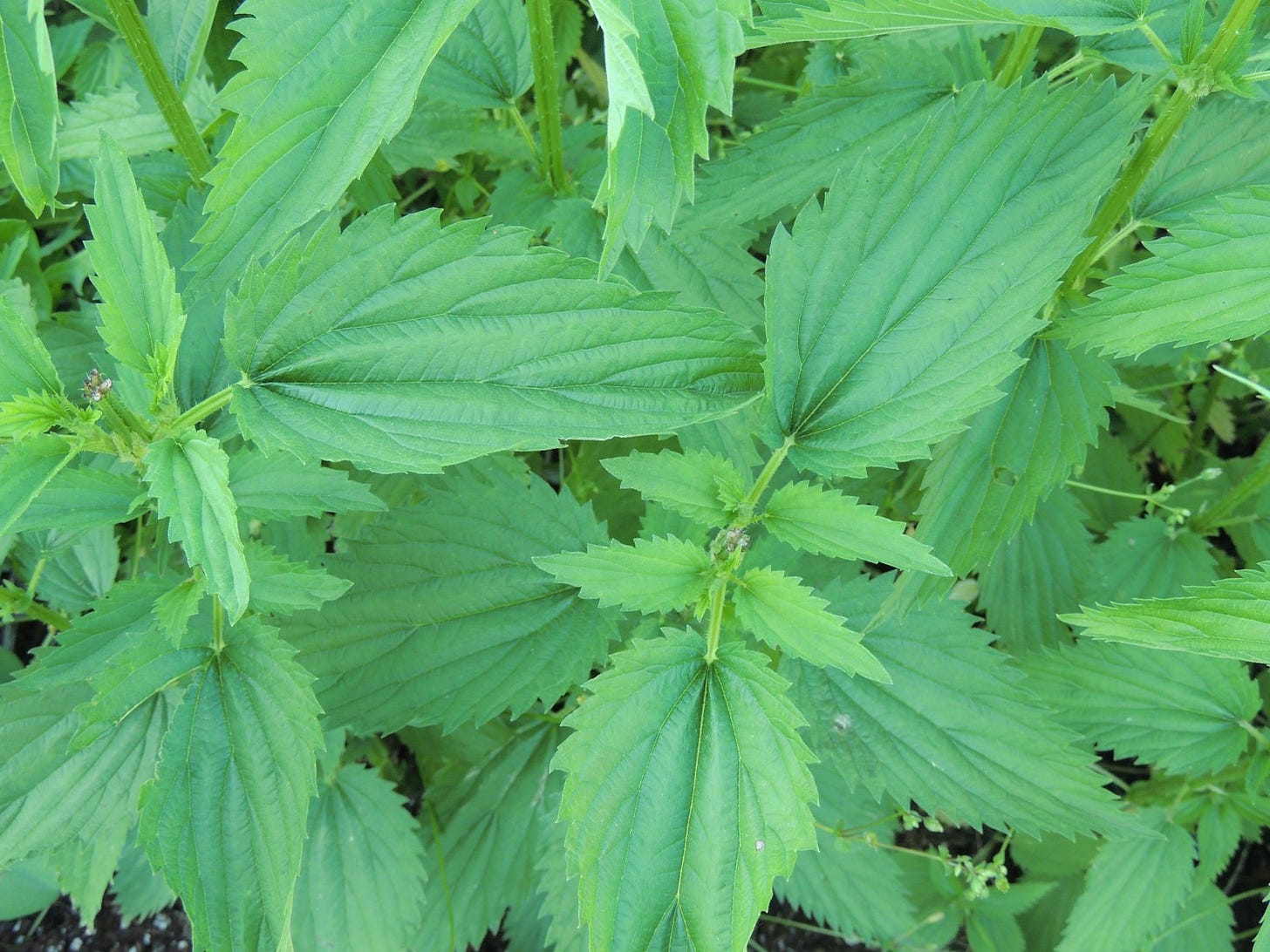
Identification:
Nettles are easy to identify. The dark green, opposite leaves are a few inches long, with a rough, papery texture, and very coarse teeth. The leaf tip is pointed, and its base is heart-shaped. In springtime, the nettle shoots will be close to the ground with only a few rows of leaves. The plant grows rapidly to a mature height of about 2 meters (6.5 feet) in summer. In fall the plant dies back, but re-emerges in the same location the following spring. Once you find a patch of nettles, you can harvest year after year in the same spot.
For more information check out this video: Stinging Nettle — The Most Nutritious Plant On Earth?
How to Harvest Nettle :
“You can harvest nettles simply either by doing what the poem says–grasping the nettles tightly (although you are still bound to get stung!)–or you can use gloves and a pair of scissors like I do :). You can harvest the tops of nettles anytime, especially before they start going to seed. Once they have gone to seed, they get quite woody (but are still good for tea, but not for fresh eating). They eventually get really mineral-tasting, which is great for tea still, but not so good for fresh eating.
Nettles can be harvested very sustainably and ethically, especially if they are in abundance. If you bend stinging nettle plants down to the ground, they will send up new shoots, which you can then harvest. If you cut the tops off of them, they will also send up new shoots (sometimes multiple sets), which you can also harvest. I spend my summers harvesting from the same nettle patch multiple times–coming back a two or so weeks later gives you a completely new batch of fresh nettle tops!”
Dana O'Driscoll (from her post on “Stinging and Wood Nettle’s Medicinal, Edible, and Magical Qualities”
The best time to harvest nettle is during the spring before the plant flowers. During this period, the young leaves are tender, making them ideal for culinary use. Older, more mature leaves can be harvested for tea or medicinal purposes but may have a stronger taste.
Transforming Nettle: Drying, Freezing, and Cooking
Nettle can be preserved and transformed into various forms for long-term use. Below are some methods to store nettle for future use:
Drying: Spread the leaves in a dry, well-ventilated area, away from direct sunlight. Once the leaves are brittle, store them in airtight containers to preserve their flavor and nutrients.
Tincture
You can make your own nettle tincture by blending the fresh leaves or ripening seeds with 75% alcohol at a 1:5 ratio. While tincture can be wonderful, my preference is to use nettle as explained above – as food or water extracts (infusions).
Syrup
There are countless recipes for Iron Syrups out there that include nettle as a primary ingredient. Check out this recipe. A basic syrup is essentially a strong infusion or decoction of a herb, with a sweetener added for flavour and preservation.
Proper storage is key to preserving nettle’s benefits. Dried nettle can last for up to a year when stored in an airtight container, away from light and humidity. Frozen nettle remains fresh for several months, while preserved nettle can last for years if properly canned/fermented.
Freezing: To freeze nettle, first wash, blanch, and dry the leaves. Then, store them in freezer-safe bags or containers.
Cooking: Cooking nettle is a great way to reduce its stinging properties. You can add it to soups, stews, quiches, or even make pesto. Steaming is the gentlest method for preserving nutrients while softening the texture.
Enjoying Nettle In the Kitchen:
I love how I can use Nettle leaves in the place of spinach for a nutrient dense money saving alternative. I also dry lots for enjoying as tea year round as I find it really helps with my allergies. Below are some recipe ideas for how you can enjoy your stinging nettle harvests, Enjoy! :)
Recipes:
Nettle is a versatile ingredient in the kitchen. Use it in soups, quiches, omelettes, or even pesto. Nettle’s edible leaves, stems, and seeds can be incorporated into a variety of dishes to add nutrition and flavor.
They are wonderful sauteed in butter, or you can even turn them into nettle pesto!
Nettle’s flavor is earthy, slightly herbaceous, and reminiscent of spinach or watercress. Once cooked, its stinging properties disappear, and the taste becomes sweeter and more pleasant. Nettle herbal tea offers a deep green color and a vegetal flavor, enriched with subtle notes of iodine, honey, and spices. The flavor complexity may vary depending on the maturity of the leaves.
Recipe ideas with nettle
How to brew nettle tea
Simply add water to your collected nettle leaves and heat to a near boil. Use about two cups of water for a cup of leaves; there’s no need to measure. You can make the tea stronger by steeping longer, or weaker by adding more water. Once the water is near boiling, reduce heat and simmer for a couple minutes. Pour through a small strainer and the tea is ready to drink. Some people prefer a small bit of sugar added to the tea, but I find the taste is just fine without any additives.
The dried tea leaves are tasty all on their own, but the experts at Wolf College say it also pairs well with any member of the pine family.
This nettle and pine needle tea is delightful and something I enjoy regularly. (Yes, pine needles are edible too). Plus it’s simply relaxing to look at.
How to make Nettle soup: https://learningherbs.com/remedies-recipes/nettle-soup/
Nettle Crepes https://misswondersmith.com/blog/2019/nettlecrepes
Stinging nettle "patina" a sort of frittata made from nettles dating back to Roman times (source).
Below: Turkish Nettles With Cheese (Isirgan Buğulaması)
Stinging Nettle and Ricotta Conchiglie : https://vinegartart.com/2010/05/10/stinging-nettle-and-ricotta-conchiglie/
TURKISH NETTLE SALAD (ISIRGAN SALATASI) : https://foragerchef.com/nettle-salad-isirgan-salatasi/
Stinging Nettle & Ricotta Rice Cakes: https://cravinggreens.com/stinging-nettle-ricotta-rice-cakes/
Sourdough Nettle Rye Bread : http://wholewheatfsm.blogspot.com/2014/06/sourdough-nettle-rye-bread-recipe-or.html
Below: Cicoria in Padella (Greens with Garlic and Chili)
Nettle Pesto : http://www.nakedcuisine.com/nettle-pesto/
Spring Nettle Pesto with Roasted Yams : https://inpursuitofmore.com/blogs/recipes/spring-nettle-pesto-with-roasted-yams
Stinging Nettle Iced Tea : https://www.alive.com/recipe/stinging-nettle-iced-tea/?fbclid=IwAR34GP_eQuAb5kb75iz3kC46iV3Qfv7QlhtJ62ys1uqMRGBd9NK7gwSbmkI
Nettle Ravioli : https://supperinthesuburbs.com/2021/09/12/wild-nettle-ravioli/
This savory nettle spanakopita Greek pastry is a creative way to use your foraged nettles. Check out all those flaky layers!
“Spanakopita is a delicious savory Greek pastry. It is traditionally made with spinach, but it is just as delicious, and more nutritious, when made with stinging nettle.”
This Stinging Nettle Gnocchi also looks delicious and fun. Imagine that with a sauce made with fermented ramps and preserved tomatoes.. mmm
This chicken and nettle pie looks and sounds incredible and would be another great option for those spring days that suddenly take a colder turn. One could alternatively use tempeh or or sprouted cooked navy beans instead of chicken for a plant based option.
Chicken & Nettle Pie
“This rustic pie shows off the nettles affinity with chicken. It’s superb warm from the oven, but equally good cold, as part of a spring picnic perhaps.”
Nettle Cake with ‘moss icing’ : https://misswondersmith.com/blog/2018/3/13/nettle-cake-an-ode-to-moss-gazing
Dry some of your stinging nettle for this recipe for nettle-ade! It’s paleo-friendly and can be made easily with ingredients you probably already have on hand. It’s delicious and perfect for a hot day!
For something on the savory side of the spectrum, try this easy nettle bread or sourdough rye nettle bread.
“Instead of mowing down your nettle patch, try using them in your cooking! Here I have created a recipe using a few handfuls of nettles added to bread dough. Its delicious, and nutritious!”
Also try this stinging nettle fruit leather recipe with apple and pear.
“Nettles are hugely nutritious, with all sorts of health benefits, so I am delighted to have come up with a recipe for Stinging Nettle, Apple, & Pear fruit leather, which the kids are so keen to eat”
Foraged, Tropical, Stinging Nettle Smoothie
Blend banana, cucumber, coconut milk, avocado, pineapple, and a healthy dose of nettle leaves together for this paleo and vegan friendly stinging nettle smoothie. This is the stuff of tropical dreams that’s reminiscent of a warm night on a beach with my toes buried in the sand.
Nettle Quiche
Prepare a shortcrust pastry and line a tart tin. Brown some onions and bacon in a frying pan. Add some chopped fresh or dried nettle leaves and cook for a few minutes. Pour the mixture over the pastry and cover with crème fraîche and grated cheese. Bake until the quiche is golden brown.
The ideas for incorporating nettles into your diet are many! Try them in any recipe subbed for spinach such as:
lasagna
kimchi
taco mixes
Sag paneer
curries
veggie burgers
sauteed with butter and garlic.
Potato and leek soup
blended into hummus or dips
Juice Nettles
If you have the kind of juicer that can juice wheatgrass, then you can also juice nettles. I store the juice in ice cube trays. Then I add a cube to water when it’s not nettle season yet crave the deep green to sink into my cells. I crave this remedy when I’m exhausted, drained, or anemic.
Also try these nettle-inspired dishes:
Here are some of my own recipes that I have included nettle in :
Five Bean Spring Chili with Ramps, Nettles and Sautéed Morels
I recently used some spring harvests of Ramps, Nettles, Garlic Mustard, Goji leaves/shoots, Morels and combined it with dried beans, frozen garden tomatoes as well as Goji Berries, freeze dried garden peppers, some fermented fire roasted hot peppers and dried spices/herbs from our 2023 harvests (with some wild rice and
Garden Minestrone Soup
I have always loved minestrone soup over since my childhood as my mom was a great soup maker. When her homemade version was not available I would go to the grocery store to try and find a facsimile but it was never the same. Thus, minestrone was one of the very first soups I taught myself to make in my youth and I have been improving on my recipe ever s…
Golden Dragon Chi
This is Installment #10 of the (Stacking Functions in the Garden, Food Forest and Medicine Cabinet : The Regenerative Way From Seed To Apothecary series.
Adaptogenic Super Taco Mix
I love Mexican food (well I love a lot of food with cultural roots south of the US border going all the way down to traditional Incan territory really) so I have been experimenting with combining my passion for making tacos, burritos, enchiladas, fajitas and heuvos rancheros with my more recently acquired knowledge of
Cream of Pine and Mushroom Soup (essence of the northern food forest in a bowl)
(This post serves as the 22nd post which is part of the Stacking Functions in the Garden, Food Forest and Medicine Cabinet : The Regenerative Way From Seed To Apothecary series).
Vegetarian Khao Poon
I have decided I will be sharing one recipe from my book (Recipes For Reciprocity: The Regenerative Way From Seed To Table) per week for the next month to give all my kind and generous Substack subscribers a sneak peak and taste of what is in my book (which was
References:
https://pmc.ncbi.nlm.nih.gov/articles/PMC9253158/
https://pmc.ncbi.nlm.nih.gov/articles/PMC9230748/
https://pfaf.org/user/plant.aspx?latinname=Urtica+dioica
https://www.traditionalmedicinals.com/blogs/herb-library/nettle
https://www.mountsinai.org/health-library/herb/stinging-nettle
https://thepracticalherbalist.com/advanced-herbalism/nettle-nutritious-allergy-ally/
https://foragerchef.com/nettles/
https://www.irishexaminer.com/farming/arid-40212536.html#:~:text=Irish%20folklore%20is%20full%20of,blood%20pressure%20and%20aching%20bones.
https://blog.ncascades.org/naturalist-notes/two-burning-houses-a-natural-history-of-stinging-nettle/
https://practicalselfreliance.com/foraging-stinging-nettles/
https://theginkgotree.ca/sharing-wisdom/
https://blog.mountainroseherbs.com/stinging-nettle-identification-benefits-and-recipes
https://thedruidsgarden.com/2016/07/10/wild-plant-profile-stinging-and-wood-nettles-medicinal-edible-and-magical-qualities/
https://floem.ca/en/blogs/blogue/stinging-nettle-benefits-uses
Sezik E, Yesilada E, Honda G, Takaishi Y, Takeda Y, Tanaka T, et al. Traditional medicine in Turkey x. Folk medicine in Central Anatolia. J Ethnopharmacol 2001; 2–3: 95–115. doi: 10.1016/s0378-8741(00)00399-8 [DOI] [PubMed] [Google Scholar]
Kulktur S. Medicinal plants used in Kirklareli province (Turkey). J Ethnopharmacol 2007; 111: 341–64. doi: 10.1016/j.jep.2006.11.035 [DOI] [PubMed] [Google Scholar]
Rodriguez-Fragoso L, Reyes-Esparza J, Burchiel SW, Herrera-Ruiz D, Torres E. Risks and benefits of commonly used herbal medicines in Mexico. Toxicol App Pharmacol 2008; 227: 125–35. doi: 10.1016/j.taap.2007.10.005 [DOI] [PMC free article] [PubMed] [Google Scholar]
Safarinejad M. Urtica dioica for treatment of benign prostatic hyperplasia: A prospective, randomized, double-blind, placebo-controlled, crossover study. J Herbal Pharmacother 2005; 5: 1–11. [PubMed] [Google Scholar]
Sokeland J. Combined sabal and urtica extract compared with finasteride in men with benign prostatic hyperplasia: Analysis of prostate volume and therapeutic outcome. BJU Int 2000; 86: 439–42. doi: 10.1046/j.1464-410x.2000.00776.x [DOI] [PubMed] [Google Scholar]
Pieroni A. Giusti M. Alpine ethnobotany in italy: Traditional knowledge of gastronomic and medicinal plants among the occitans of the upper varaita valley, Piedmont. J Ethnobiol Ethnomed 2009; 5: 32. doi: 10.1186/1746-4269-5-32 [DOI] [PMC free article] [PubMed] [Google Scholar]
Saric-Kundalic B, Dobes C, Klatte-Asselmeyer V, Saukel J. Ethnobotanical study on medicinal use of wild and cultivated plants in middle, south and west Bosnia and Herzegovina. J Ethnopharmacol 2010; 131: 33–55. doi: 10.1016/j.jep.2010.05.061 [DOI] [PubMed] [Google Scholar]
Ziyyat A, Legssyer A, Mekhfi H, Dassouli A, Serhrouchni M, Benjelloun W. Phytotherapy of hypertension and diabetes in oriental Morocco. J Ethnopharmacol 1997; 58: 45–54. doi: 10.1016/s0378-8741(97)00077-9 [DOI] [PubMed] [Google Scholar]
Tahraoui A, El-Hilaly J, Israili Z, Lyoussi B. Ethnopharmacological survey of plants used in the traditional treatment of hypertension and diabetes in south-eastern Morocco (Errachidia province). J Ethnopharmacol 2007; 110: 105–17. doi: 10.1016/j.jep.2006.09.011 [DOI] [PubMed] [Google Scholar]
Tagarelli G, Tagarelli A, Piro A. Folk medicine used to heal malaria in Calabria (southern Italy). J Ethnobiol Ethnomed 2010; 6: 27. doi: 10.1186/1746-4269-6-27 [DOI] [PMC free article] [PubMed] [Google Scholar]
Calvo MI, Akerreta S, Cavero RY. Pharmaceutical ethnobotany in the riverside of Navarra (Iberian peninsula). J Ethnopharmacol 2011; 135: 22–33. doi: 10.1016/j.jep.2011.02.016 [DOI] [PubMed] [Google Scholar]
Menendez-Baceta G, Aceituno-Mata L, Molina M, Reyes-Garcia V, Tardio J, Pardo-de-Santayana M. Medicinal plants traditionally used in the northwest of the Basque country (Biscay and Alava), Iberian peninsula. J Ethnopharmacol 2014; 152: 113–34. doi: 10.1016/j.jep.2013.12.038 [DOI] [PubMed] [Google Scholar]
Tahri A, Yamani S, Legssyer A, Aziz M, Mekhfi H, Bnouham M, Ziyyat A. Acute diuretic, natriuretic and hypotensive effects of a continuous perfusion of aqueous extract of urtica dioica in the rat. J Ethnopharmacol 2000; 73: 95–100. doi: 10.1016/s0378-8741(00)00270-1 [DOI] [PubMed] [Google Scholar]
Dizaye K, Alberzingi B, Sulaiman S. Renal and vascular studies of aqueous extract of urtica dioica in rats and rabbits. Iraqi J Vet Sci 2013; 27: 25–31. [Google Scholar]
Legssyer A, Ziyyat A, Mekhfi H, Bnouham M, Tahri A, Serhrouchni M, et al. Cardiovascular effects of urtica dioica l. In isolated rat heart and aorta. Phytother Res 2002; 16: 503–7. doi: 10.1002/ptr.1087 [DOI] [PubMed] [Google Scholar]
Miano R, De Nunzio C, Asimakopoulos AD, Germani S, Tubaro A. Treatment options for benign prostatic hyperplasia in older men. Med Sci Monit 2008; 14: RA94–102. [PubMed] [Google Scholar]
Testai L, Chericoni S, Calderone V, Nencioni G, Nieri P, Morelli I, et al. Cardiovascular effects of urtica dioica l. (urticaceae) roots extracts: In vitro and in vivo pharmacological studies. J Ethnopharmacol 2002; 81: 105–9. doi: 10.1016/s0378-8741(02)00055-7 [DOI] [PubMed] [Google Scholar]
Duarte J, Perez-Palencia R, Vargas F, Ocete M, Perez-Vizcaino F, Zarzuelo A, et al. Antihypertensive effects of the flavonoid quercetin in spontaneously hypertensive rats. Br J Pharmacol 2001; 133: 117–24. doi: 10.1038/sj.bjp.0704064 [DOI] [PMC free article] [PubMed] [Google Scholar]
Perez-Vizcaino F, Duarte J, Jimenez R, Santos-Buelga C, Osuna A. Antihypertensive effects of the flavonoid quercetin. Pharmacol Rep 2009; 61: 67–75. doi: 10.1016/s1734-1140(09)70008-8 [DOI] [PubMed] [Google Scholar]
Suzuki A, Yamamoto N, Jokura H, Yamamoto M, Fujii A, Tokimitsu I, et al. Chlorogenic acid attenuates hypertension and improves endothelial function in spontaneously hypertensive rats. J Hypertension 2006; 24: 1065–73. doi: 10.1097/01.hjh.0000226196.67052.c0 [DOI] [PubMed] [Google Scholar]
Budzianowski J. Caffeic acid esters from Urtica dioica and U. urens. Planta Med 1991; 57: 507. doi: 10.1055/s-2006-960190 [DOI] [PubMed] [Google Scholar]
Akbay P, Basaran A, Undeger U, Basaran N. In vitro immunomodulatory activity of flavonoid glycosides from urtica dioica l. Phytother Res 2003; 17: 34–7. doi: 10.1002/ptr.1068 [DOI] [PubMed] [Google Scholar]
Grevsen K, Frette X, Christensen L. Concentration and composition of flavonol glycosides and phenolic acids in aerial parts of stinging nettle (urtica dioica l.) are affected by nitrogen fertilization and by harvest time. Eur J Hortic Sci 2008; 73: 20–7. [Google Scholar]
Pinelli P, Ieri F, Vignolini P, Bacci L, Baronti S, Romani A. Extraction and hplc analysis of phenolic compounds in leaves, stalks, and textile fibers of urtica dioica l. J Agric Food Chem 2008; 56: 9127–32. doi: 10.1021/jf801552d [DOI] [PubMed] [Google Scholar]
Abdeltawab A.A., Ullah Z., Al-Othman A.M., Ullah R., Hussain I., Ahmad S., Talha M. Evaluation of the chemical composition and element analysis of Urtica dioica. Afr. J. Pharmacy Pharmacol. 2012;6(21):1555–1558. [Google Scholar]
Adel M., Caipang C.M.A., Dawood M.A. Immunological responses and disease resistance of rainbow trout (Oncorhynchus mykiss) juveniles following dietary administration of stinging nettle (Urtica dioica) Fish Shellfish Immunol. 2017;71:230–238. doi: 10.1016/j.fsi.2017.10.016. [DOI] [PubMed] [Google Scholar]
Adhikari B.M., Bajracharya A., Shrestha A.K. Comparison of nutritional properties of Stinging nettle (Urtica dioica L.) flour with wheat and barley flours. Food Sci. Nutr. 2016;4(1):119–124. doi: 10.1002/fsn3.259. [DOI] [PMC free article] [PubMed] [Google Scholar]
Ahmed K.M., Parsuraman S. Urtica dioica L., (Urticaceae): a stinging nettle. Sys. Rev. Pharm. 2014;5(1):6. [Google Scholar]
Alhmedi A., Haubruge E., Bodson B., Francis F. Aphidophagous guilds on nettle (Urtica dioica) strips close to fields of green pea, rape and wheat. Insect Sci. 2007;14(5):419–424. [Google Scholar]
Awad E., Austin B. Use of lupin, Lupinus perennis, mango, Mangifera indica, and stinging nettle, Urtica dioica, as feed additives to prevent Aeromonas hydrophila infection in rainbow trout, Oncorhynchus mykiss (Walbaum) J. Fish. Dis. 2010;33(5):413–420. doi: 10.1111/j.1365-2761.2009.01133.x. [DOI] [PubMed] [Google Scholar]
Awad E., Austin B., Lyndon A. Effect of dietary supplements on digestive enzymes and growth performance of rainbow trout (Oncorhynchus mykiss, Walbaum) Am. J. Sci. 2012;8(12):858–864. [Google Scholar]
Awad E., Austin D., Lyndon A.R. Effect of black cumin seed oil (Nigella sativa) and nettle extract (Quercetin) on enhancement of immunity in rainbow trout, Oncorhynchus mykiss (Walbaum) Aquaculture. 2013;388:193–197. [Google Scholar]
Balzarini J., Neyts J., Schols D., Hosoya M., Van Damme E., Peumans W., De Clercq E. The mannose-specific plant lectins from Cymbidium hybrid and Epipactis helleborine and the (N-acetylglucosamine) n-specific plant lectin from Urtica dioica are potent and selective inhibitors of human immunodeficiency virus and cytomegalovirus replication in vitro. Antivir. Res. 1992;18(2):191–207. doi: 10.1016/0166-3542(92)90038-7. [DOI] [PubMed] [Google Scholar]
Balzarini J., Van Laethem K., Hatse S., Froeyen M., Peumans W., Van Damme E., Schols D. Carbohydrate-binding agents cause deletions of highly conserved glycosylation sites in HIV GP120: a new therapeutic concept to hit the achilles heel of HIV. J. Biol. Chem. 2005;280(49):41005–41014. doi: 10.1074/jbc.M508801200. [DOI] [PubMed] [Google Scholar]
Baraibar C., Broncano F.J., Lazaro-Carrasco M.J., Rubuelta M., Villanua L. Acute and chronic toxicity studies on nettle (Urtica dioica L.) An Bromato. 1983;35:99–103. [Google Scholar]
Benitez Cruz G., González-Tejero M.R., Molero Mesa J. Phytotoponymy and synphytotoponymy in western granada province (andalusia, Spain) Rev. Dialectol. Tradic. Pop. 2009;LXIV(2):169–192. [Google Scholar]
Benitez G., González-Tejero M.R., Molero-Mesa J. Knowledge of ethnoveterinary medicine in the province of Granada, Andalusia, Spain. J. Ethnopharmacol. 2012;139(2):429–439. doi: 10.1016/j.jep.2011.11.029. [DOI] [PubMed] [Google Scholar]
Bilen S., Ünal S., Güvensoy H. Effects of oyster mushroom (Pleurotus ostreatus) and nettle (Urtica dioica L.) methanolic extracts on immune responses and resistance to Aeromonas hydrophila in rainbow trout (Oncorhynchus mykiss) Aquaculture. 2016;454:90–94. [Google Scholar]
Bnouham M., Merhfour F.Z., Ziyyat A., Mekhfi H., Aziz M., Legssyer A. Antihyperglycemic activity of the aqueous extract of Urtica dioica. Fitoterapia. 2003;74(7-8):677–681. doi: 10.1016/s0367-326x(03)00182-5. [DOI] [PubMed] [Google Scholar]
Bonet M.À., Valles J. Ethnobotany of Montseny biosphere reserve (Catalonia, Iberian Peninsula): plants used in veterinary medicine. J. Ethnopharmacol. 2007;110(1):130–147. doi: 10.1016/j.jep.2006.09.016. [DOI] [PubMed] [Google Scholar]
Bonetti G., Tedeschi P., Meca G., Bertelli D., Mañes J., Brandolini V., Maietti A. In vitro bioaccessibility, transepithelial transport and antioxidant activity of Urtica dioica L. phenolic compounds in nettle based food products. Food Funct. 2016;7(10):4222–4230. doi: 10.1039/c6fo01096b. [DOI] [PubMed] [Google Scholar]
Chaurasia N., Wichtl M. Phenylpropane und lignane aus der wurzel von Urtica dioica L. Dtsch. Apoth. Ztg. 1986;126:1559–1563. [Google Scholar]
Chaurasia N., Wichtl M. Flavonolglykoside aus Urtica dioica. Planta Med. 1987;53(5):432–434. doi: 10.1055/s-2006-962765. [DOI] [PubMed] [Google Scholar]
Chrubasik J.E., Roufogalis B.D., Wagner H., Chrubasik S. A comprehensive review on the stinging nettle effect and efficacy profiles. Part II: urticae radix. Phytomedicine. 2007;14(7-8):568–579. doi: 10.1016/j.phymed.2007.03.014. [DOI] [PubMed] [Google Scholar]
Corsi G., Masini A. Dipartimento di Scienze Botaniche; 1997. Anatomical and Ecological Aspects in Italian Taxa of the Genus Urtica. [Google Scholar]
The above post was the 27th installment of a series titled Stacking Functions in the Garden, Food Forest and Medicine Cabinet : The Regenerative Way From Seed To Apothecary.
The post above was an enhanced and updated version of an earlier post I had done on this medicine plant. I only had 200 subscribers back when I posted that first nettle post so I thought it would benefit all the 2900 plus new subscribers that have joined since to re-package an enhanced version of that post in a context that is able to go into my next book. If you liked what I did here re-furbishing and enriching a past post in the context of this series and would like me to do that with other species, please let me know in the comment section.
Some other Substack posts I have read that offer info on nettles or related subject matter:


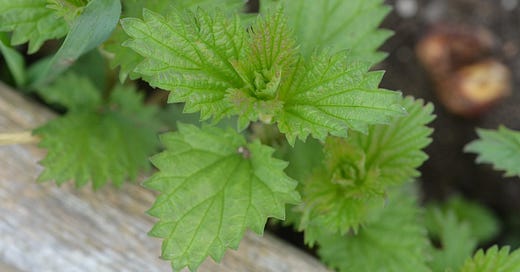



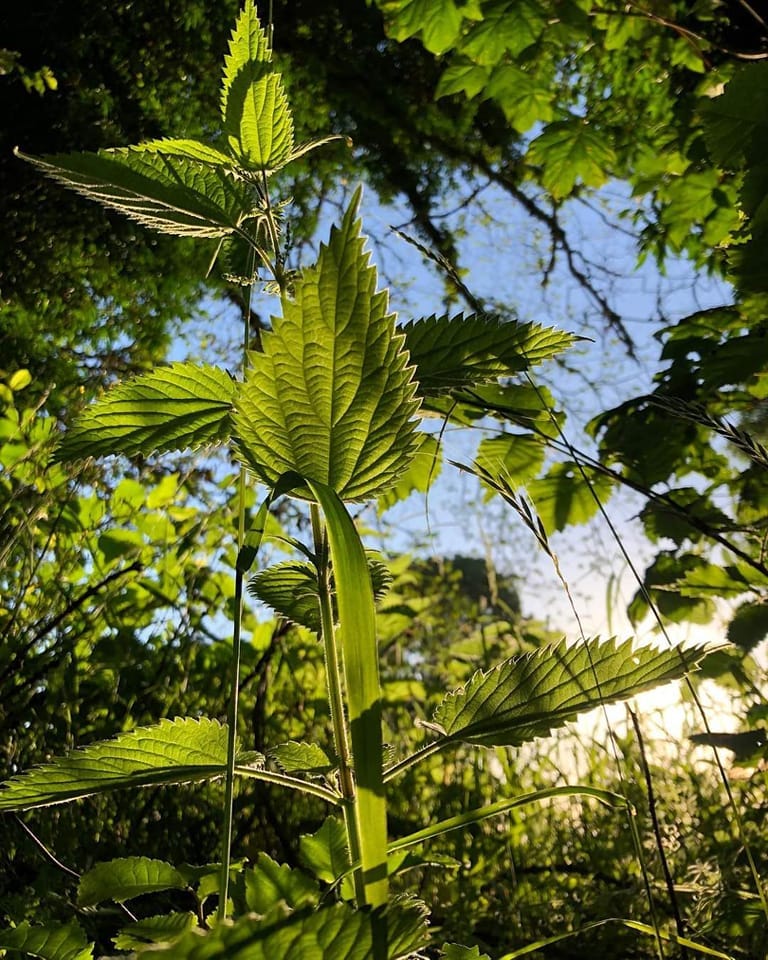
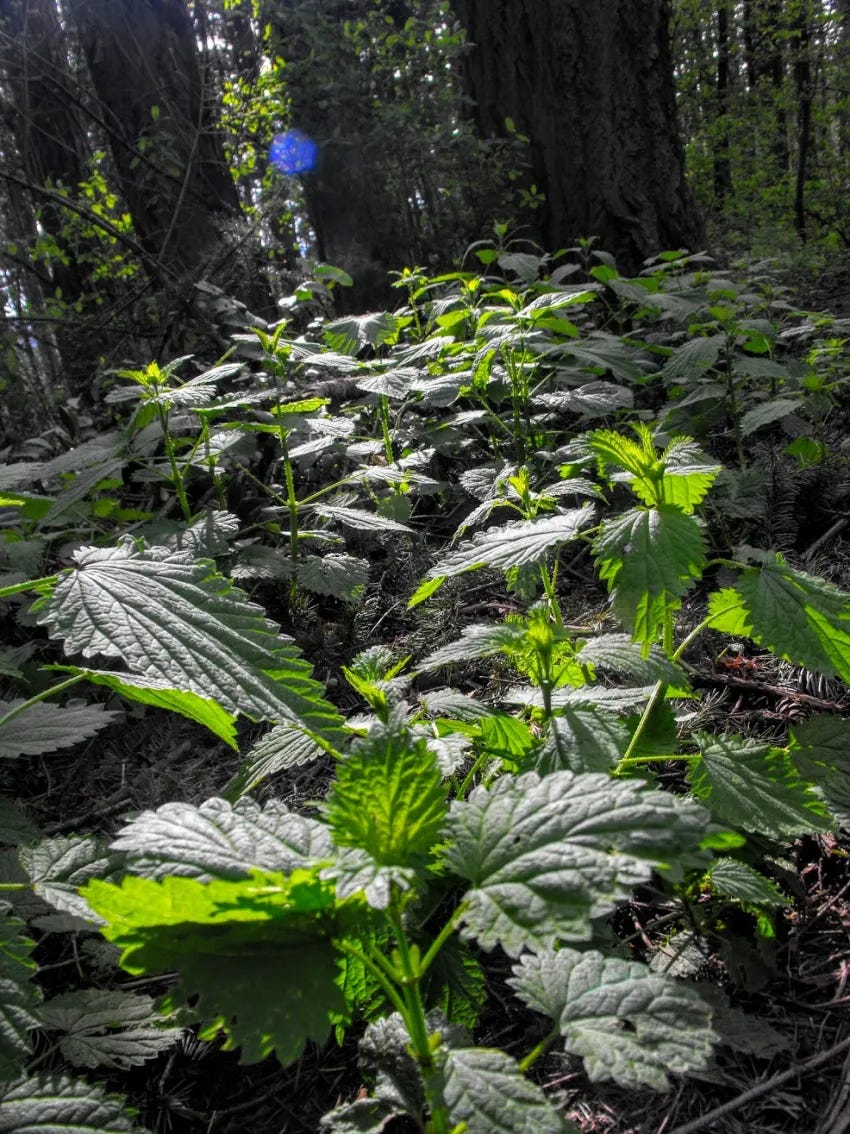
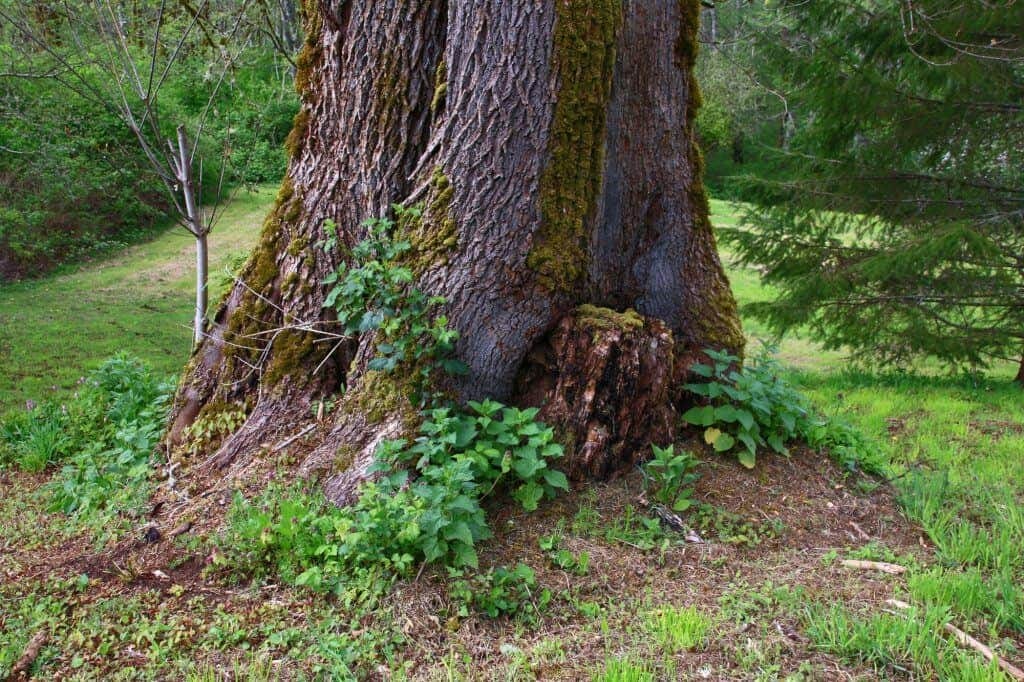
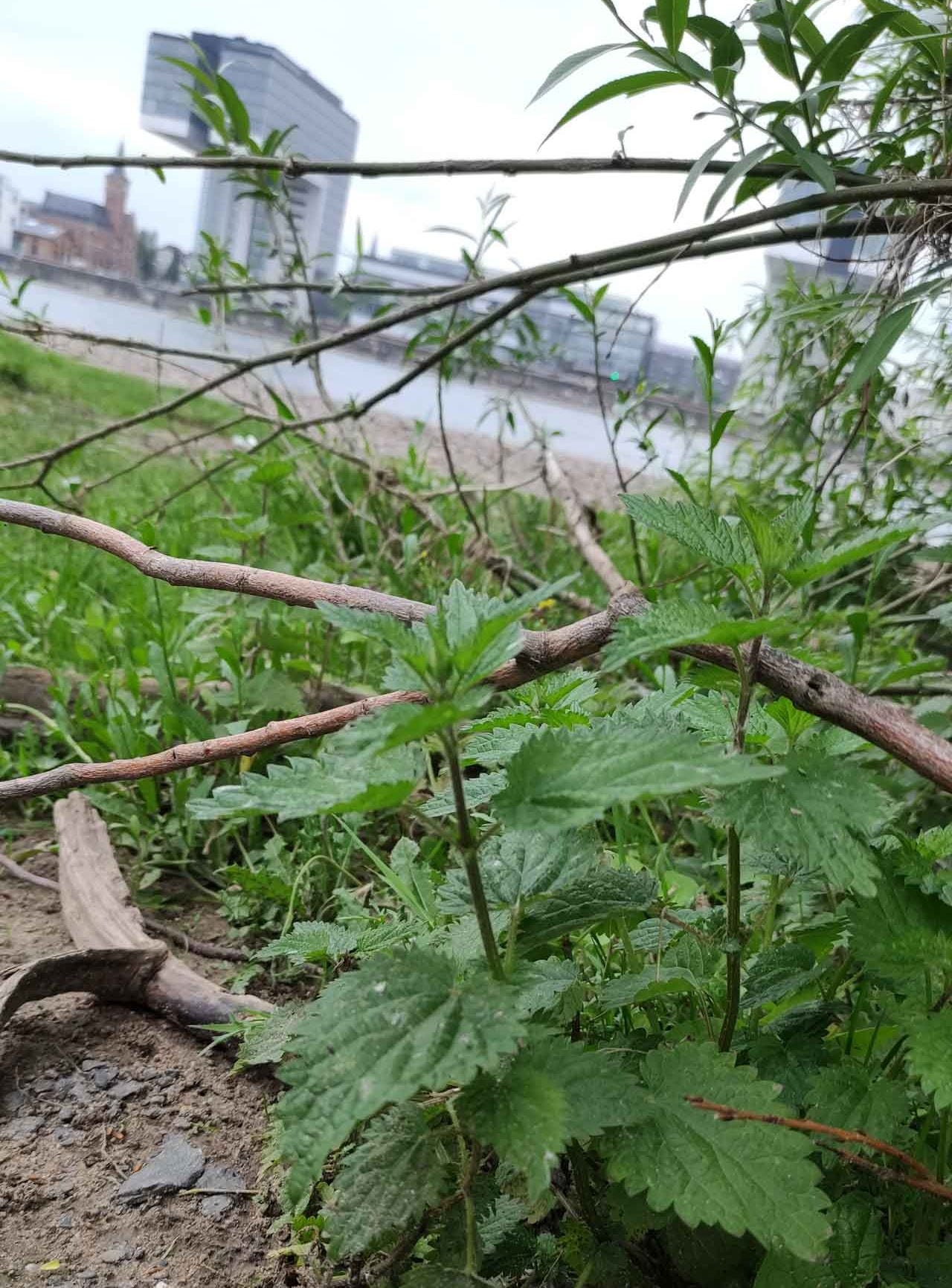

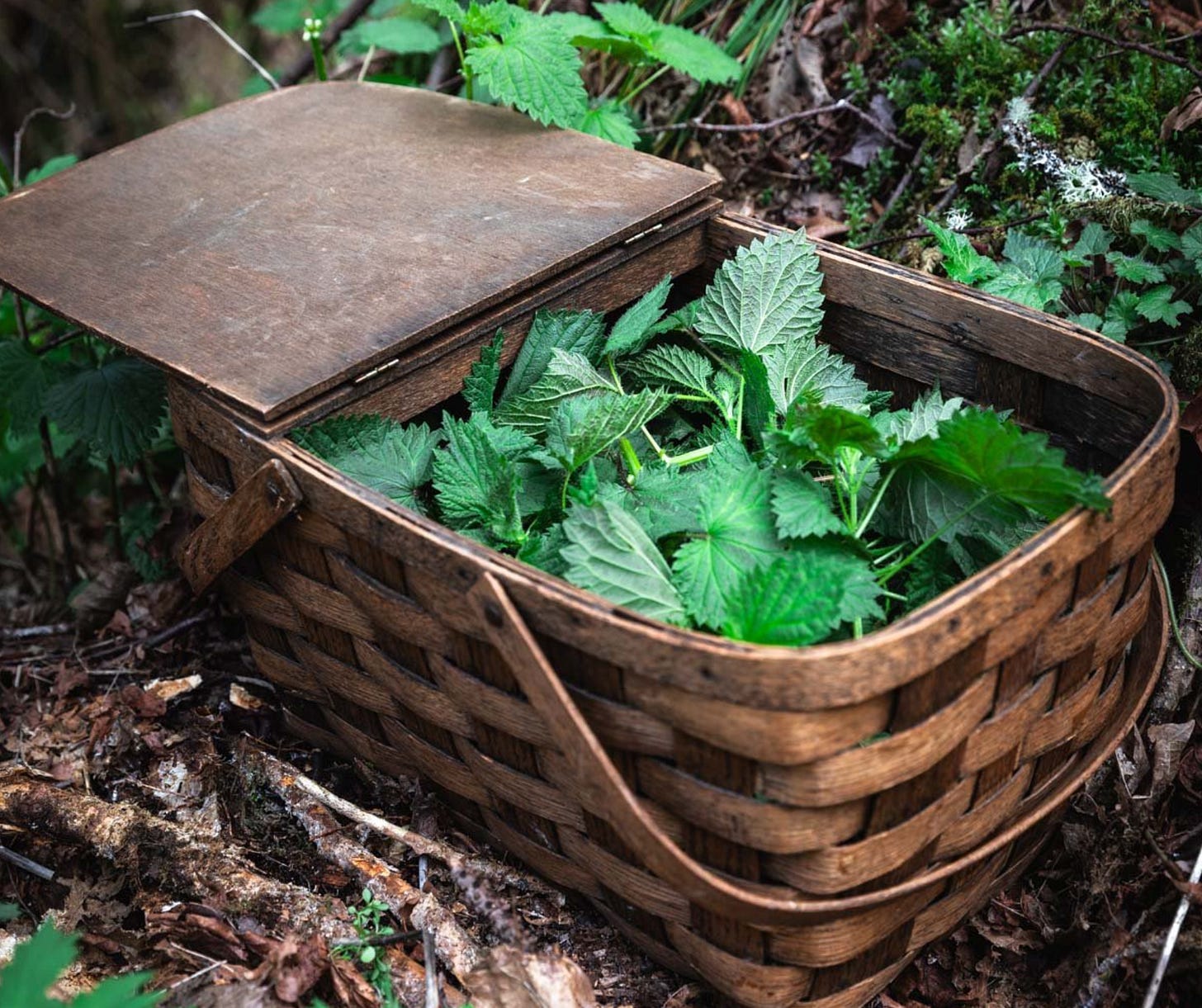

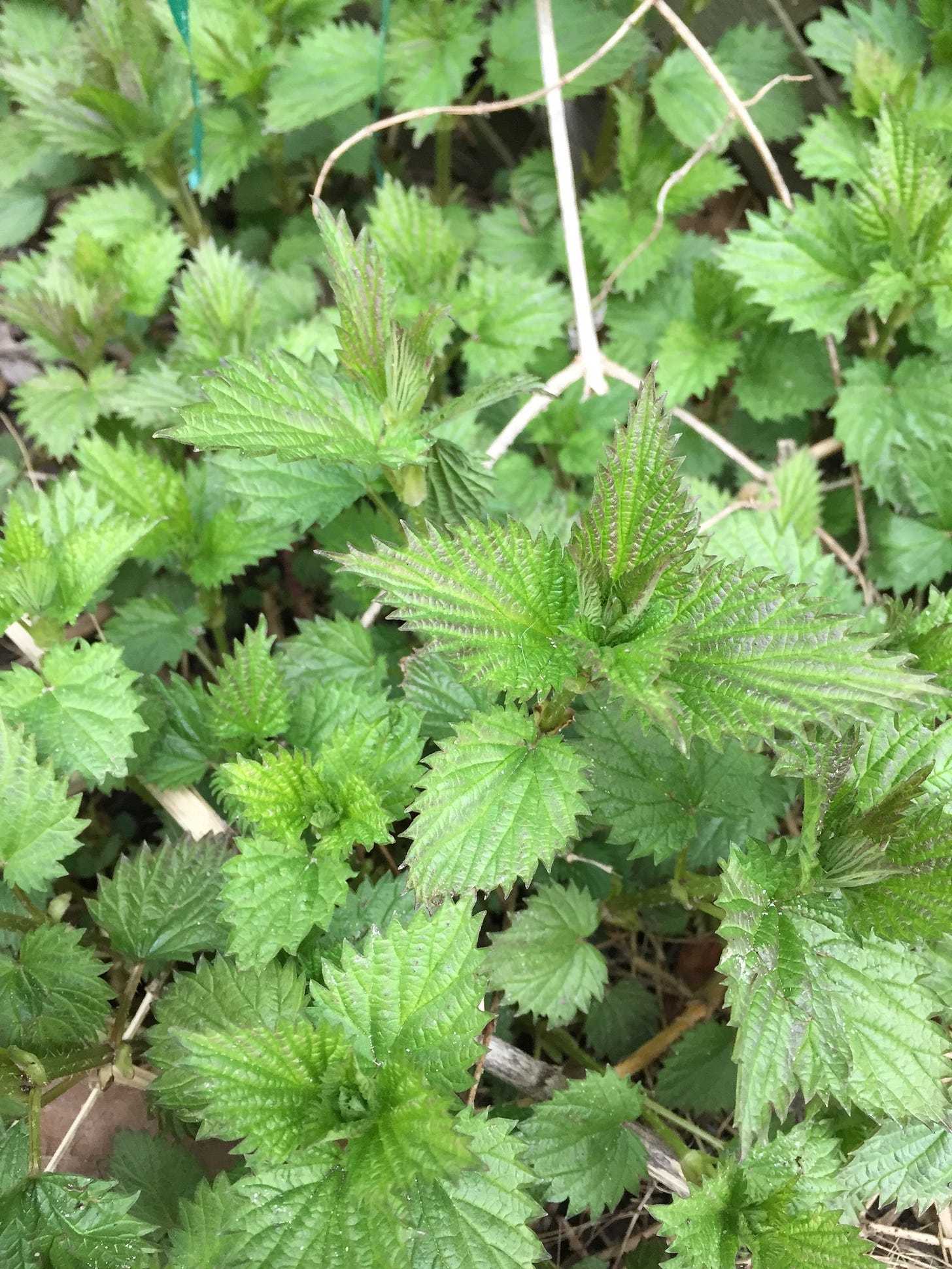

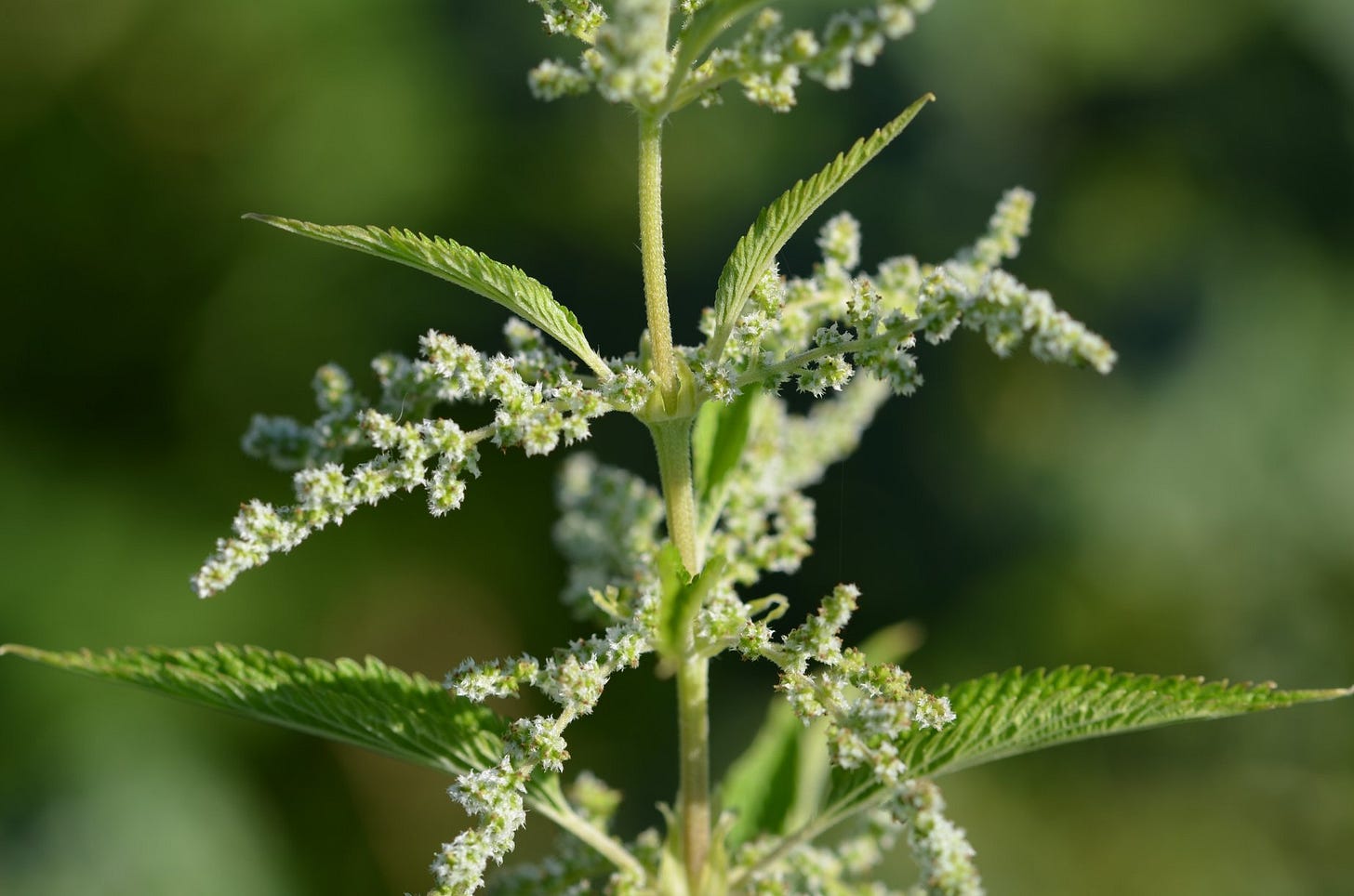
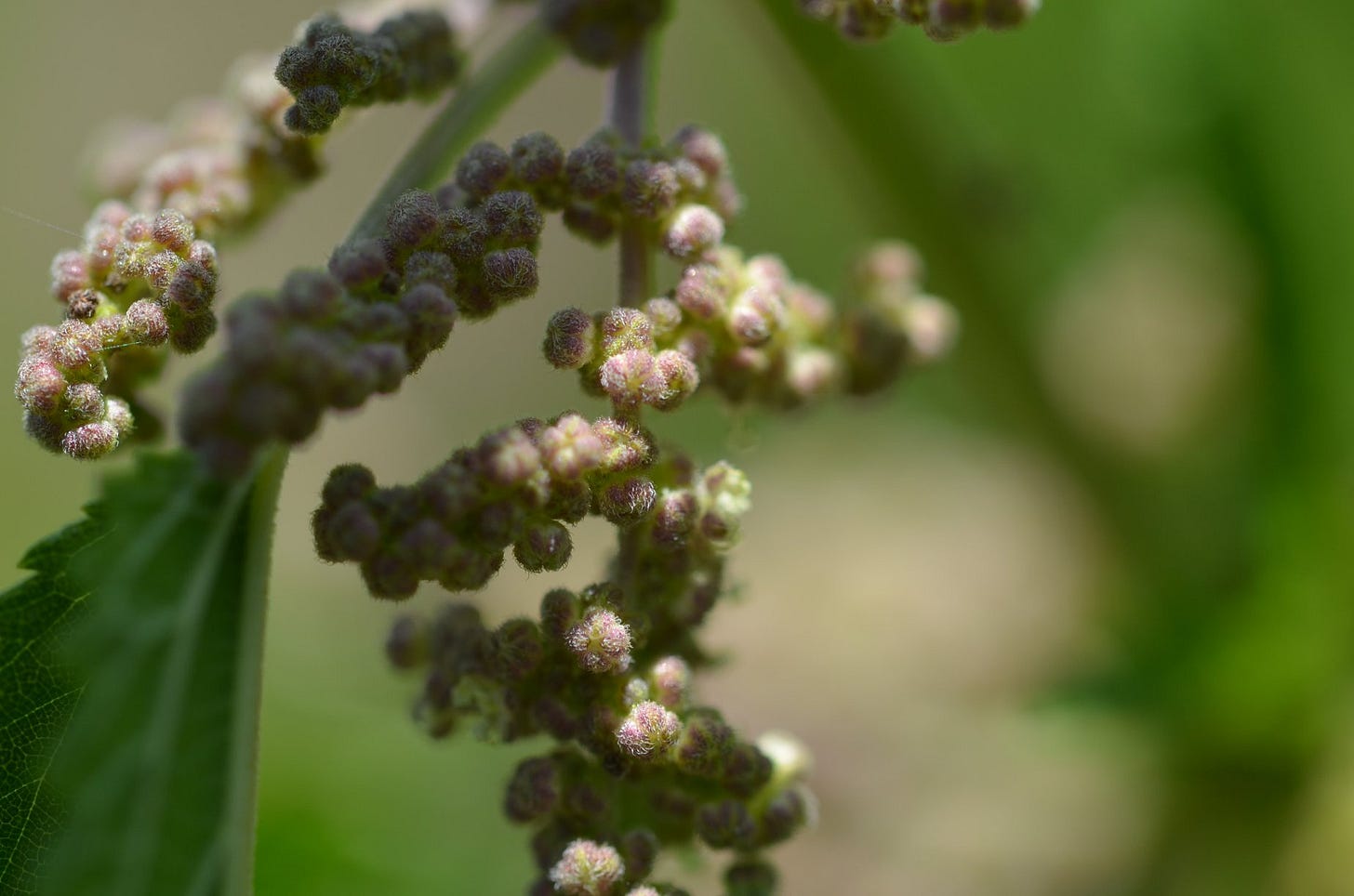
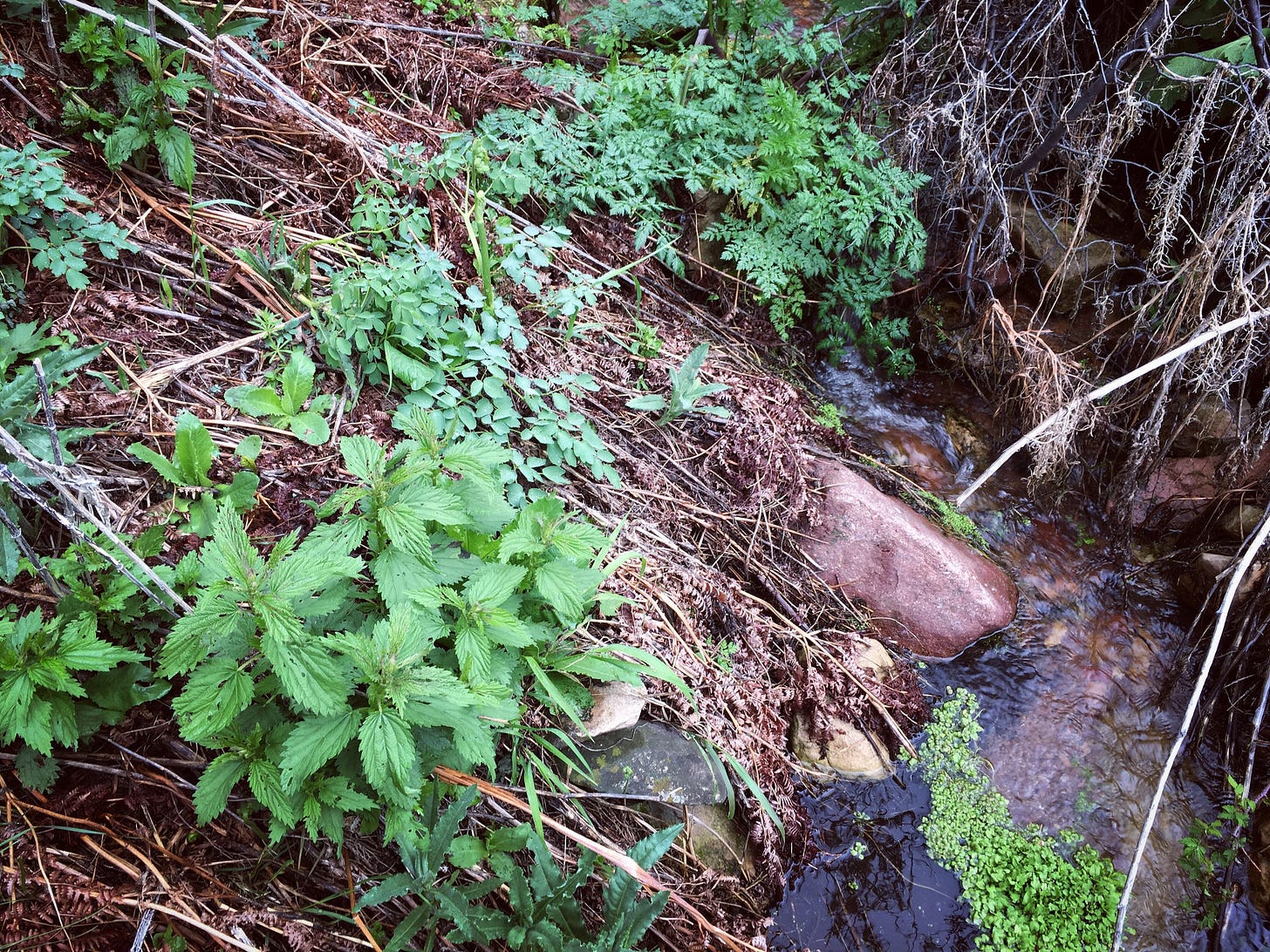

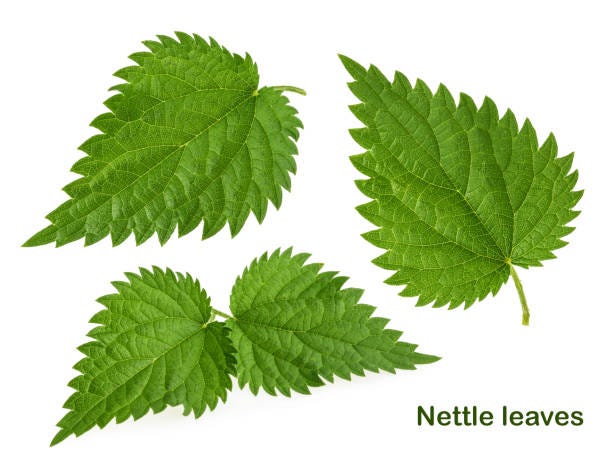
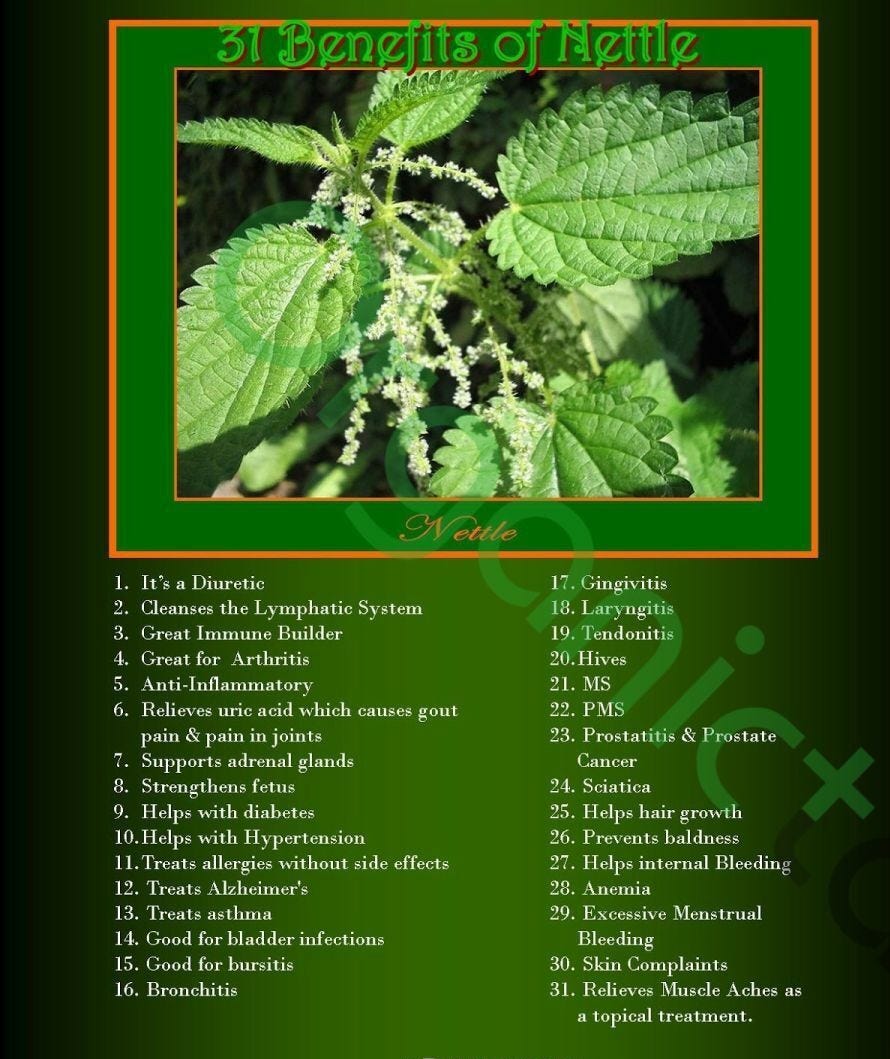
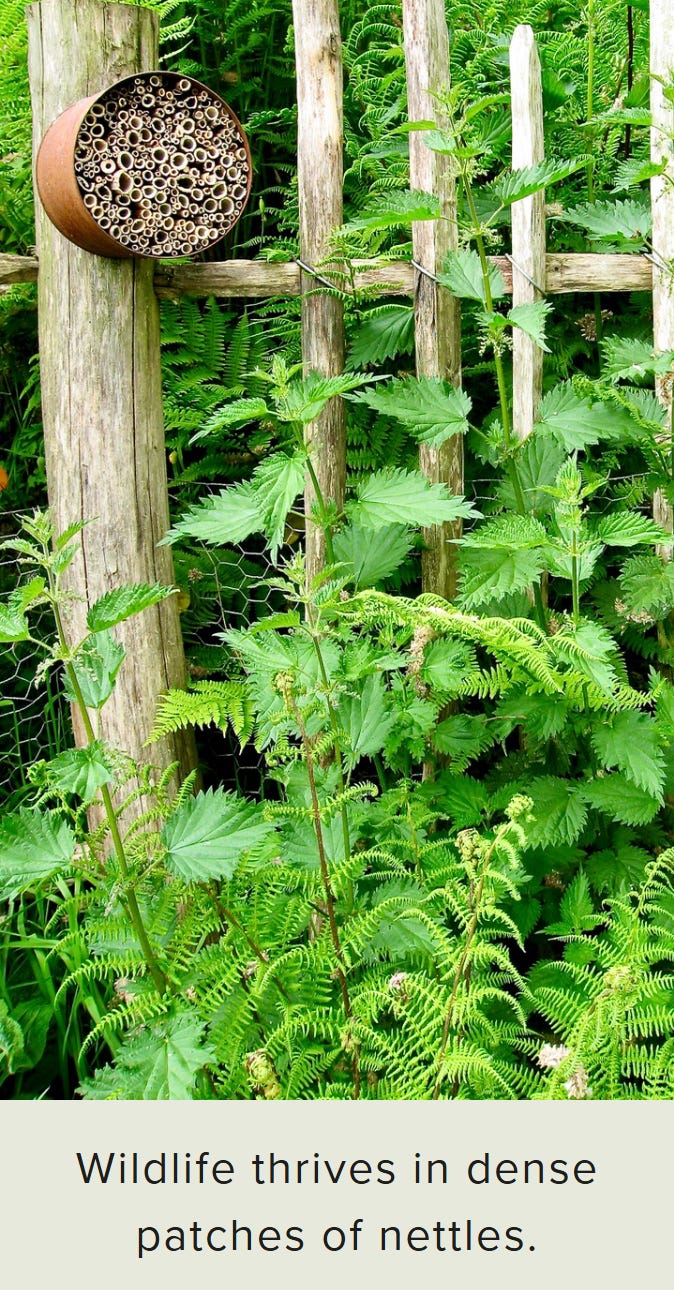

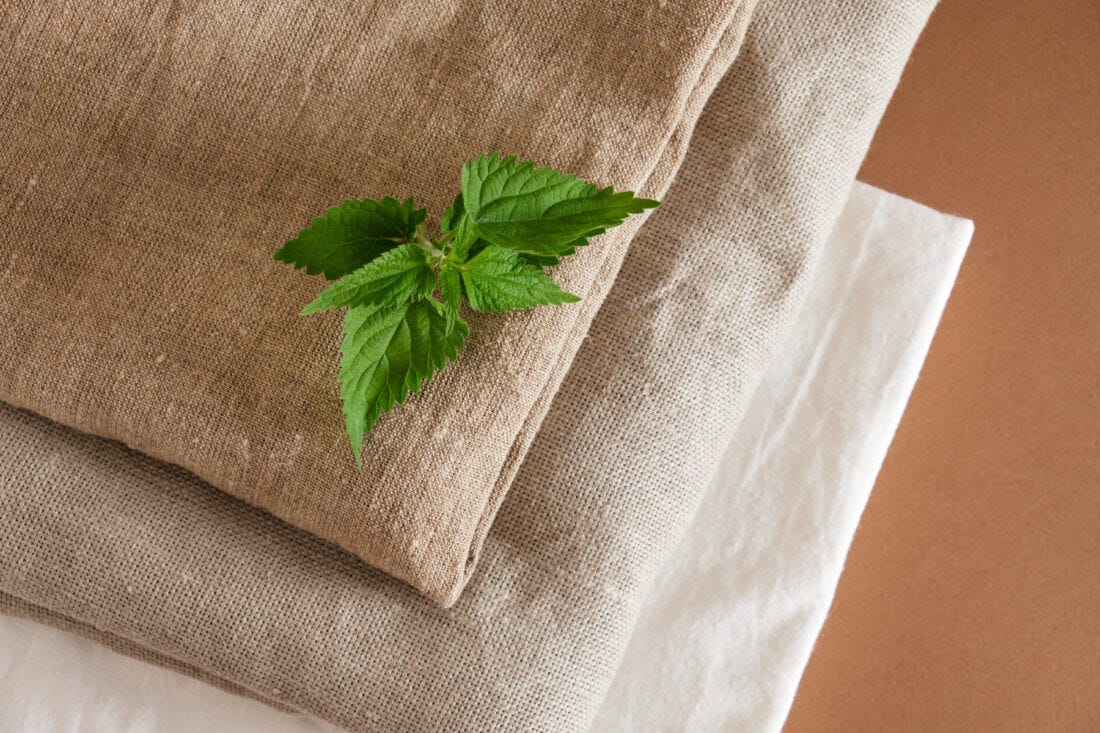
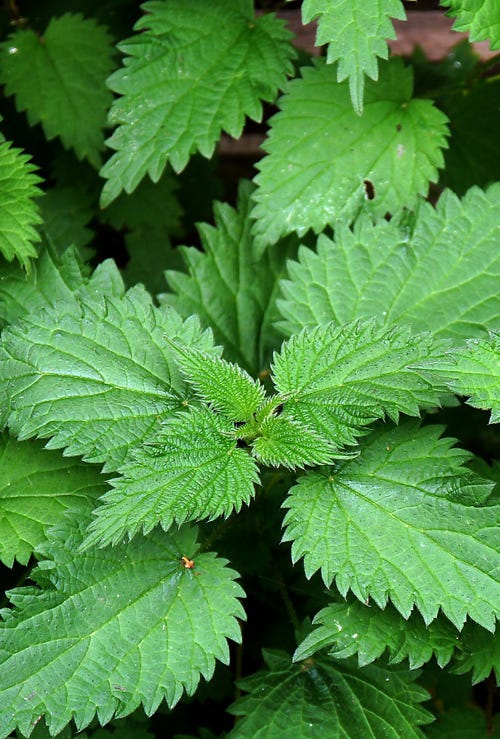
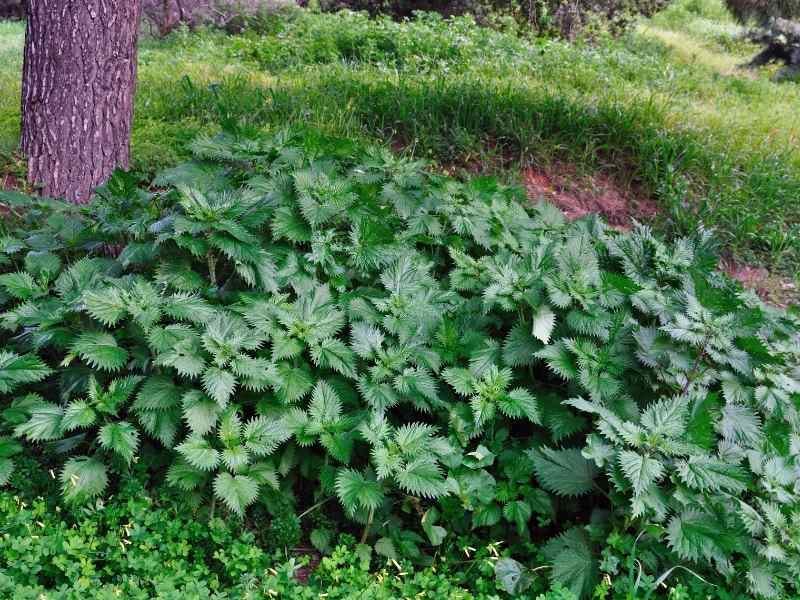
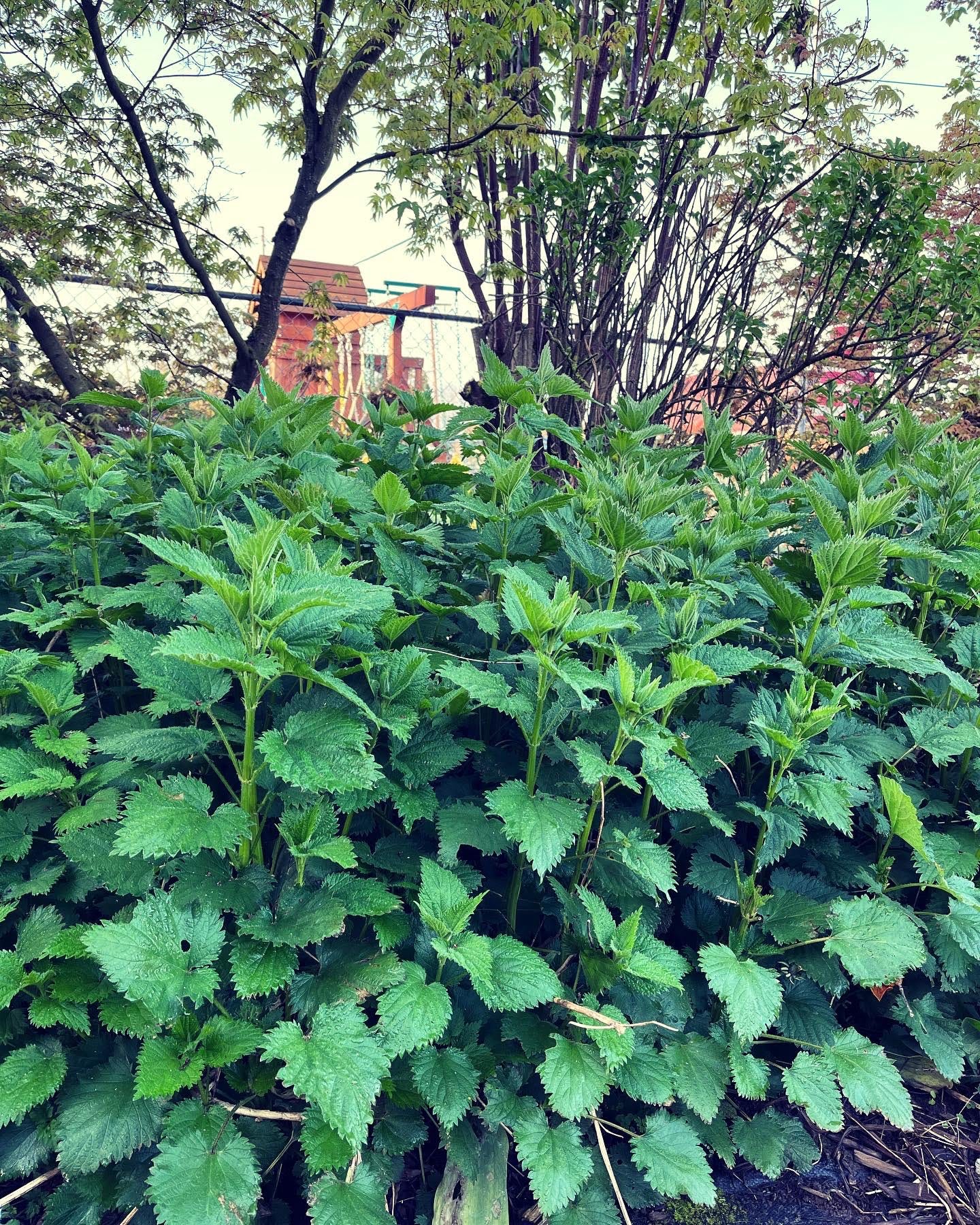
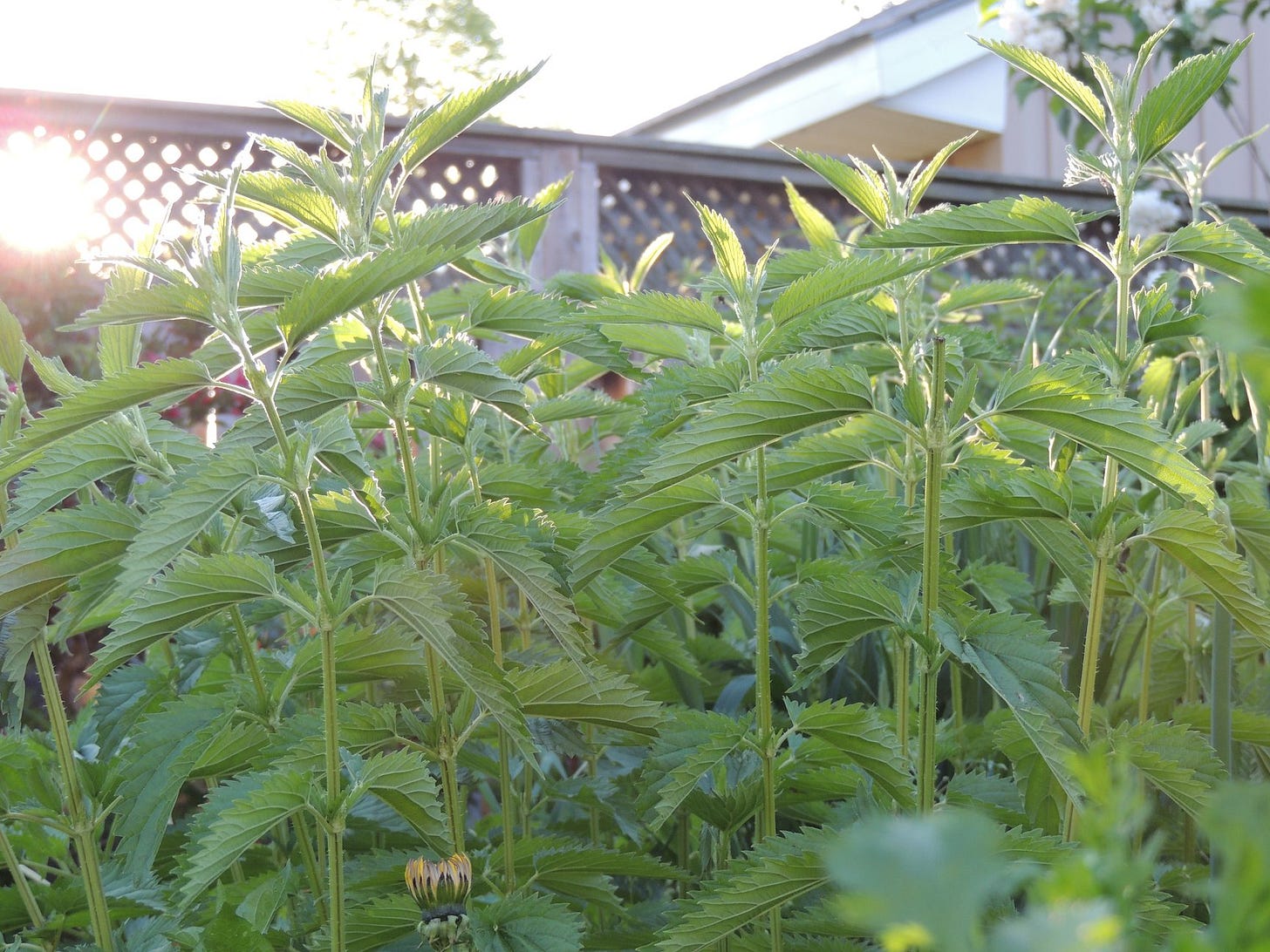


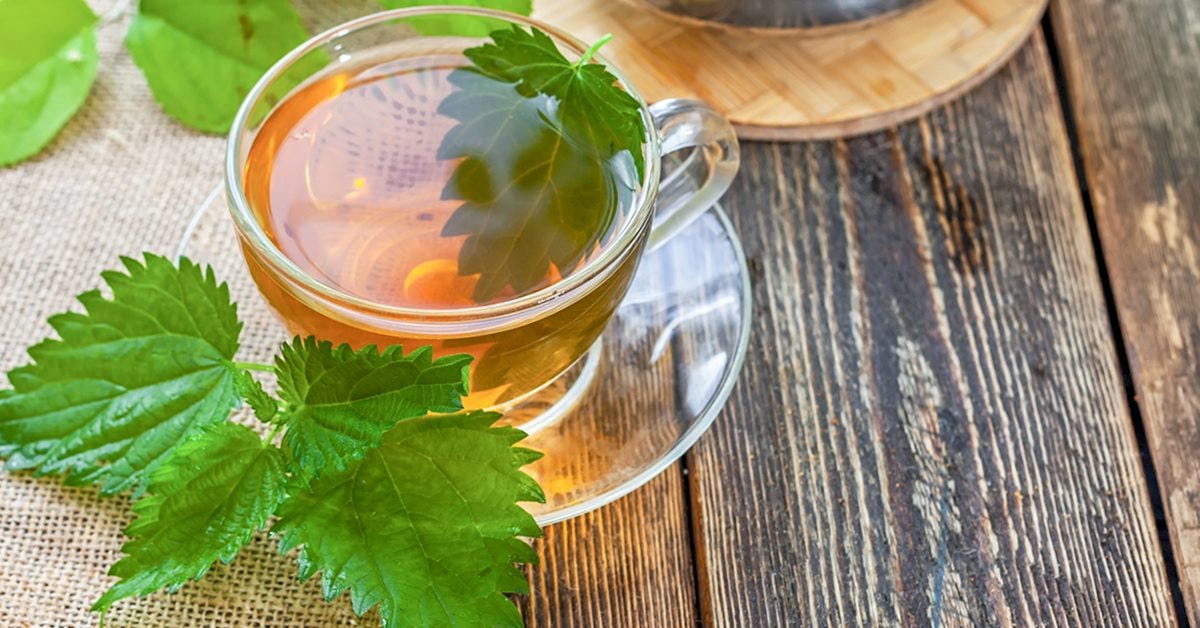
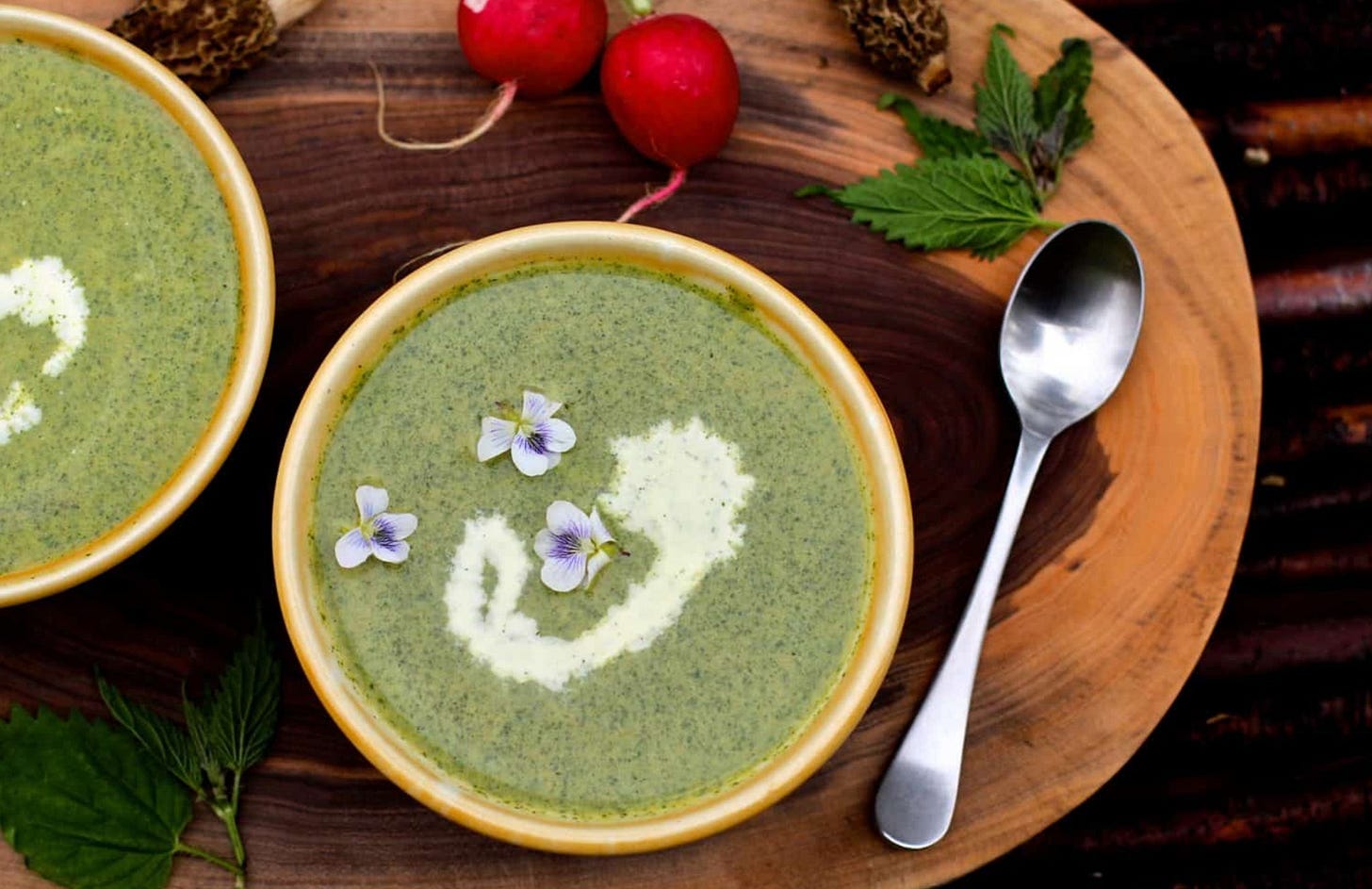
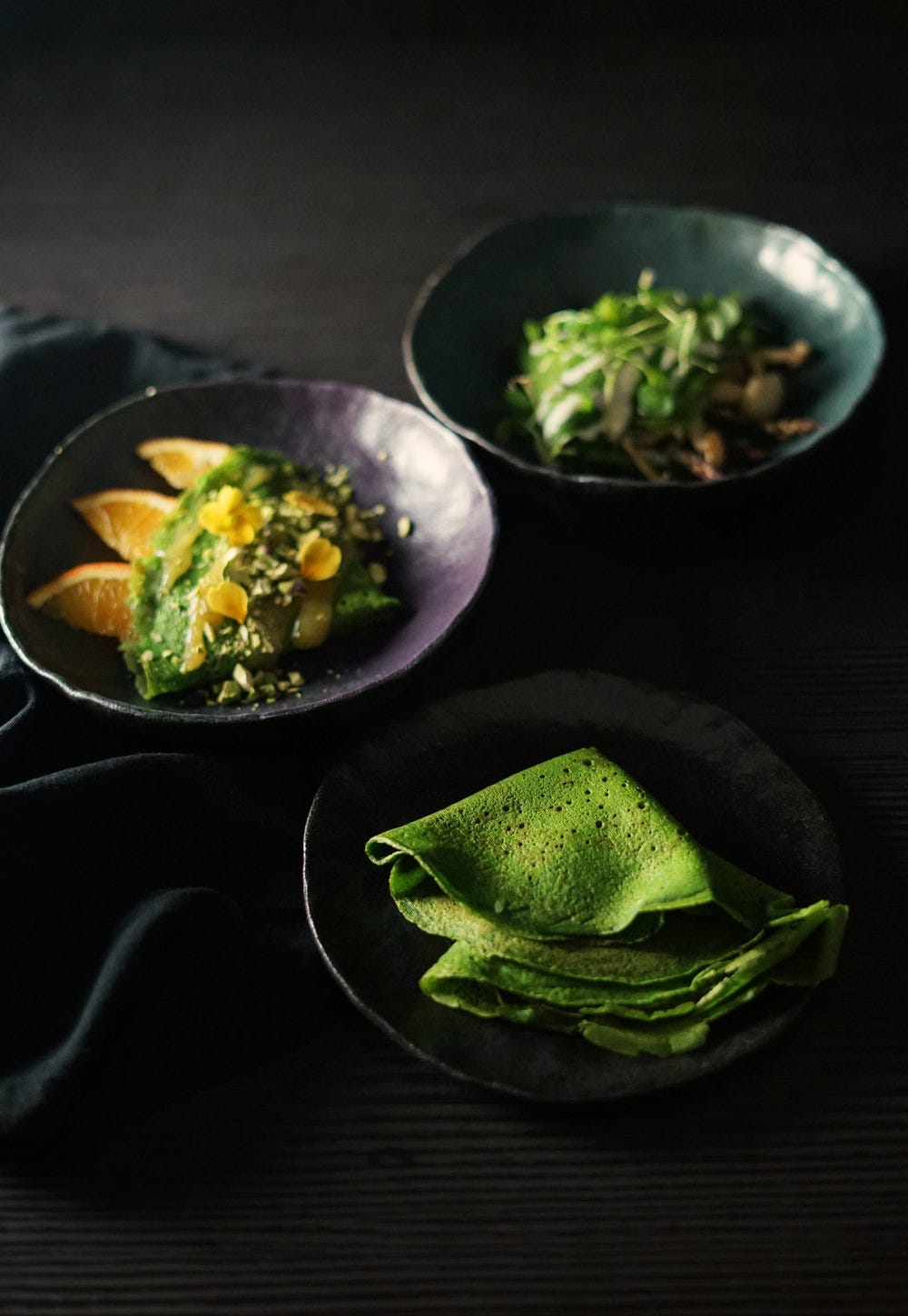
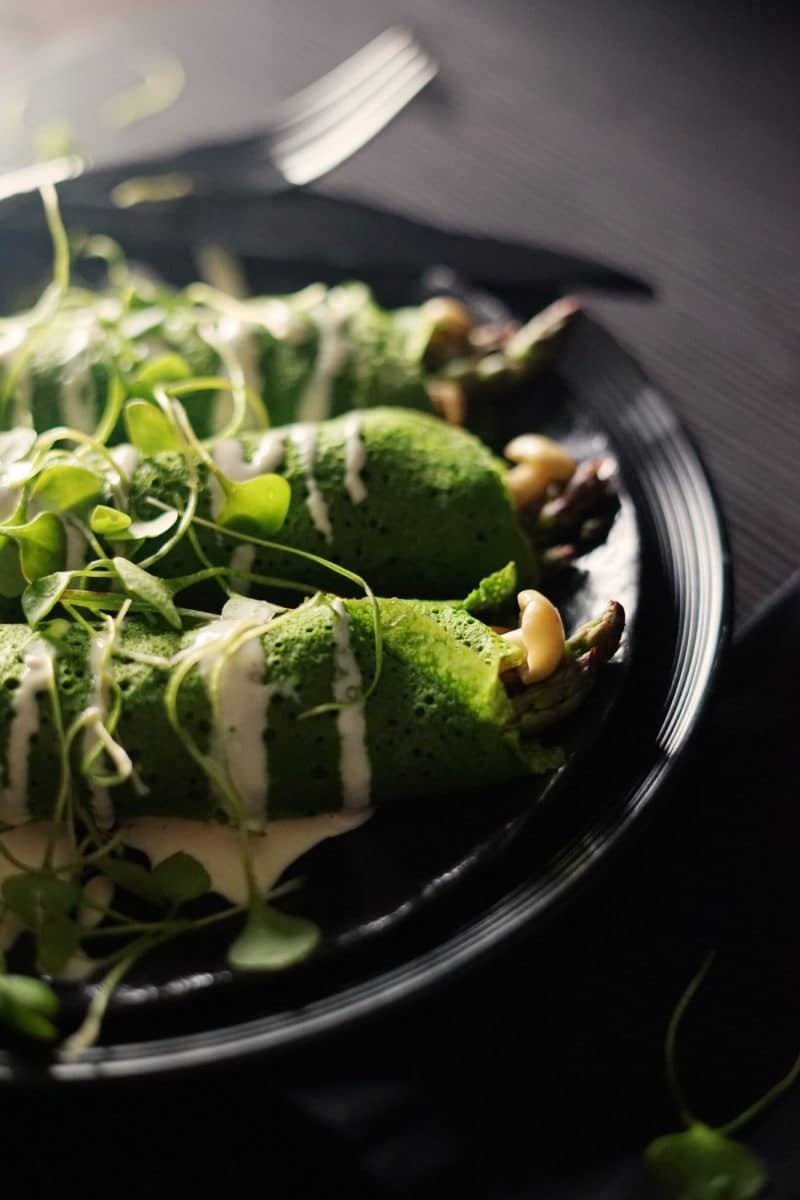
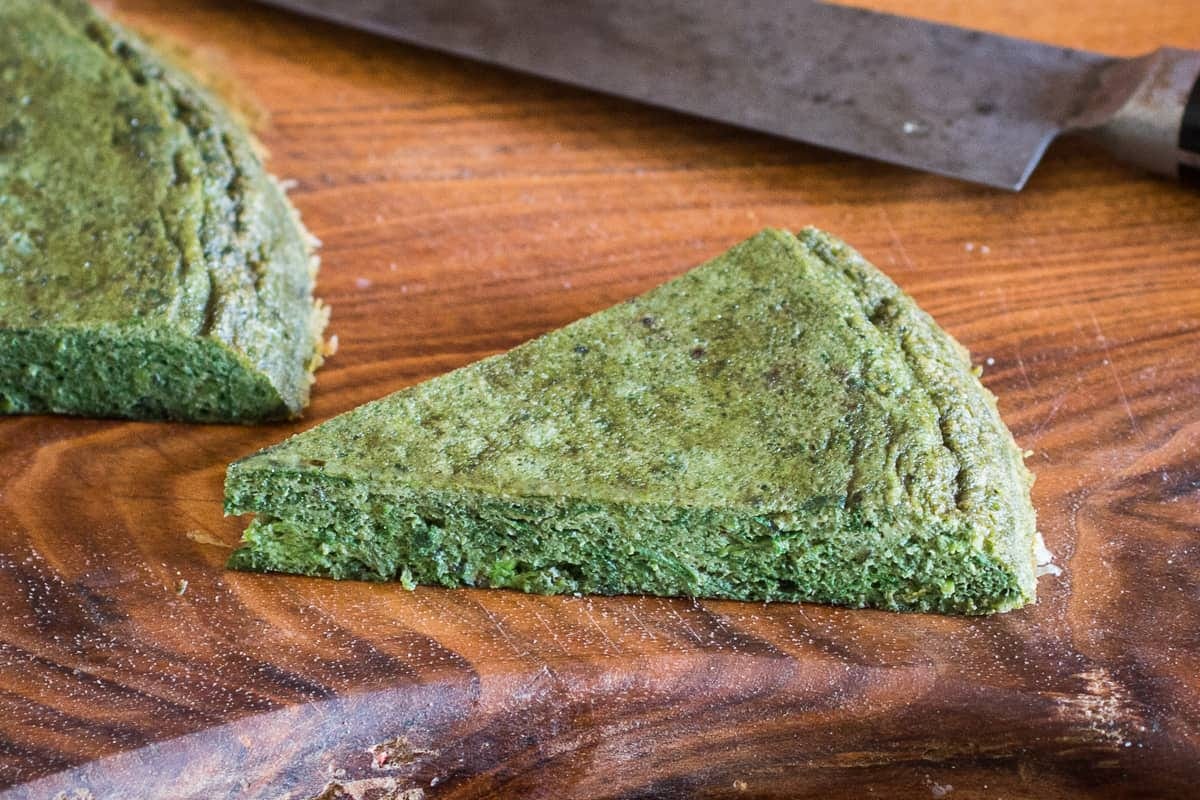
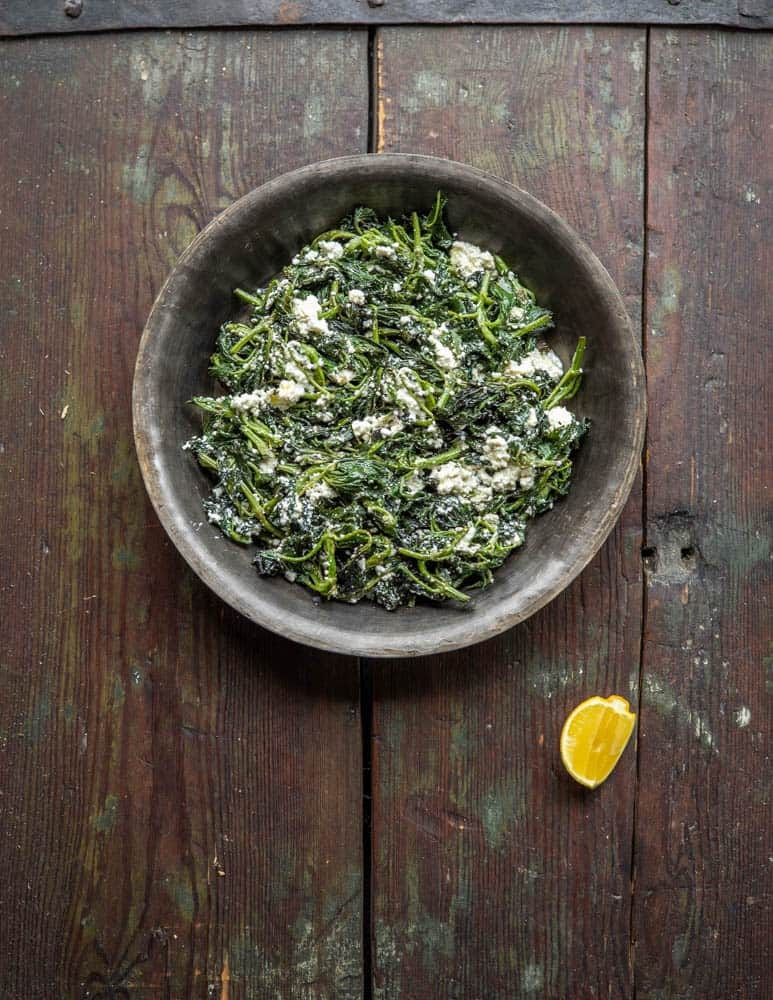
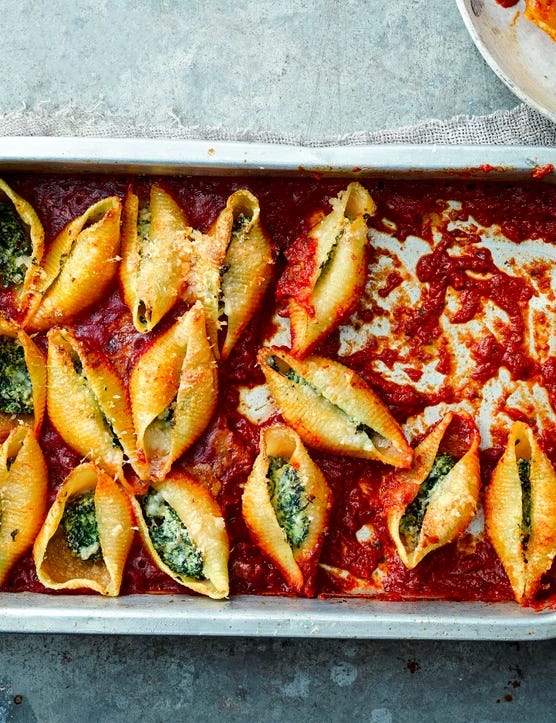

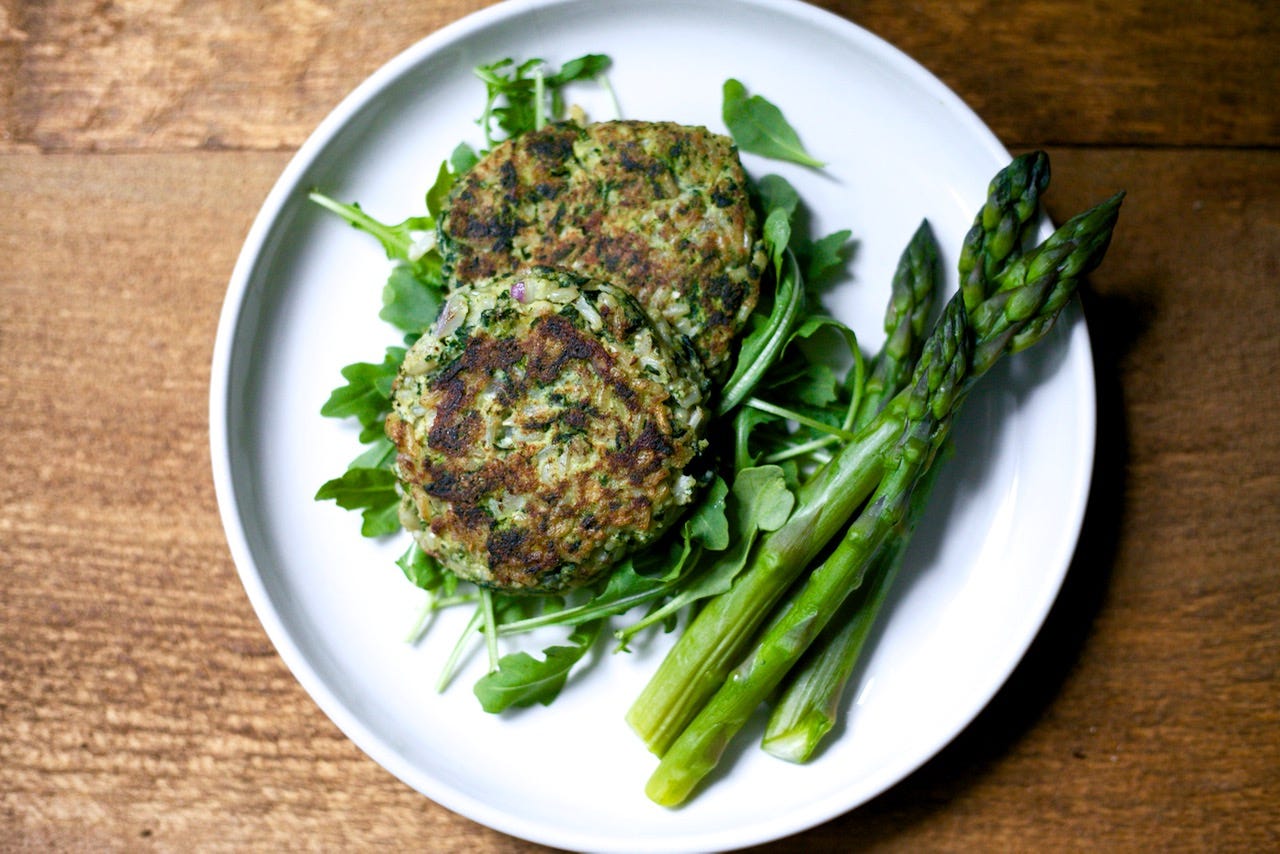
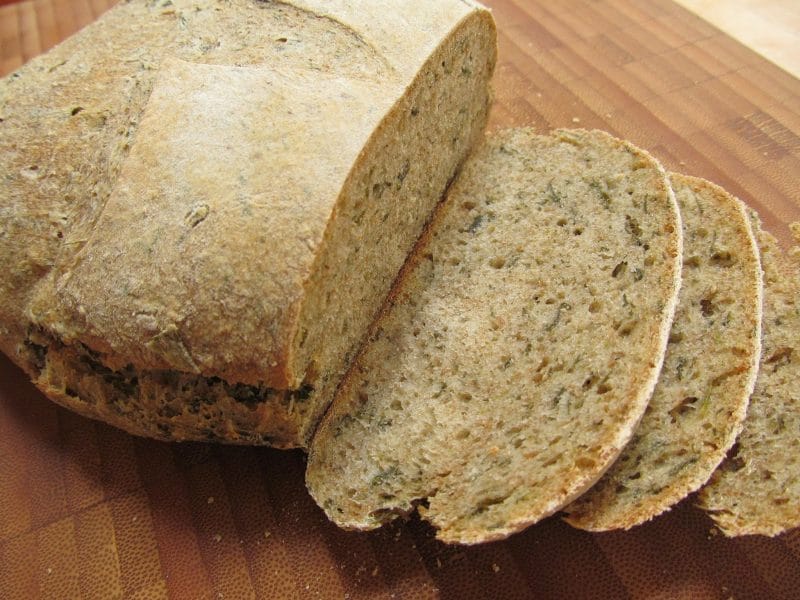
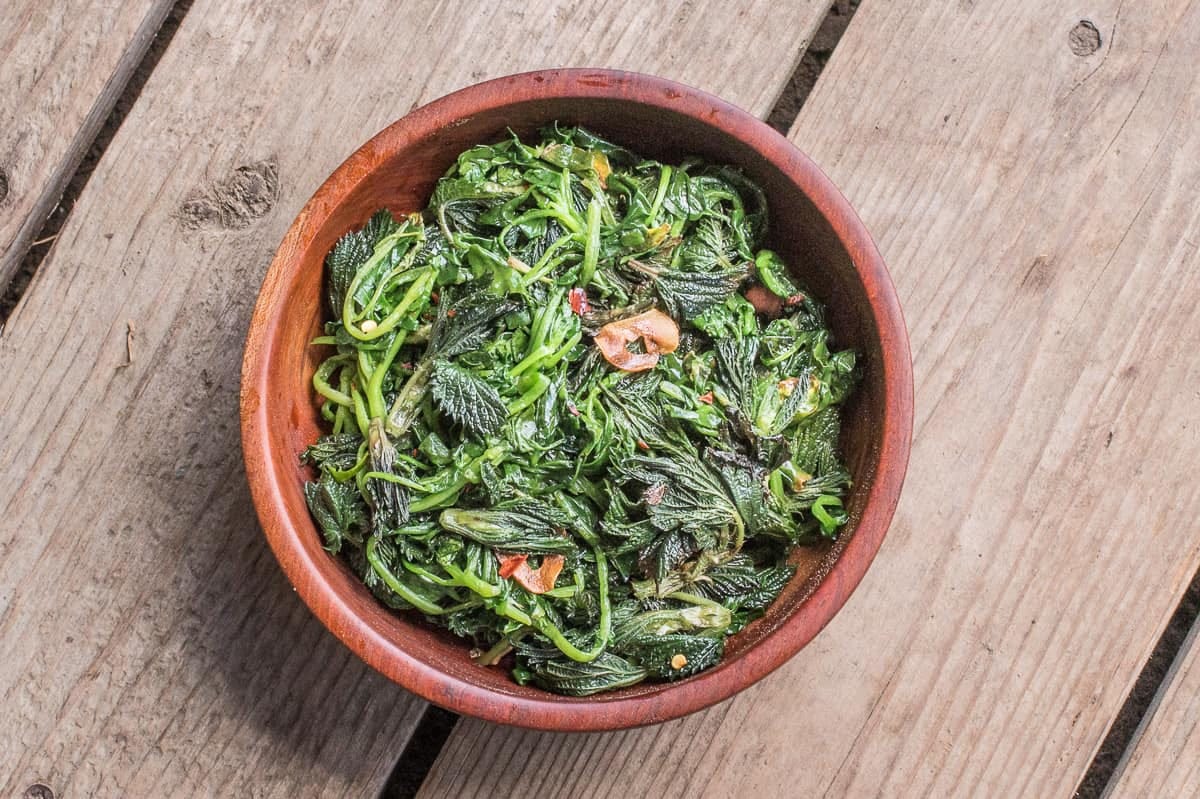

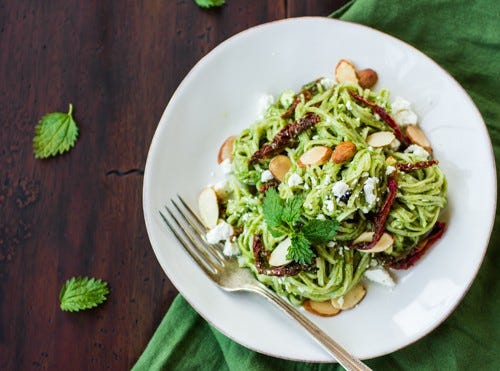
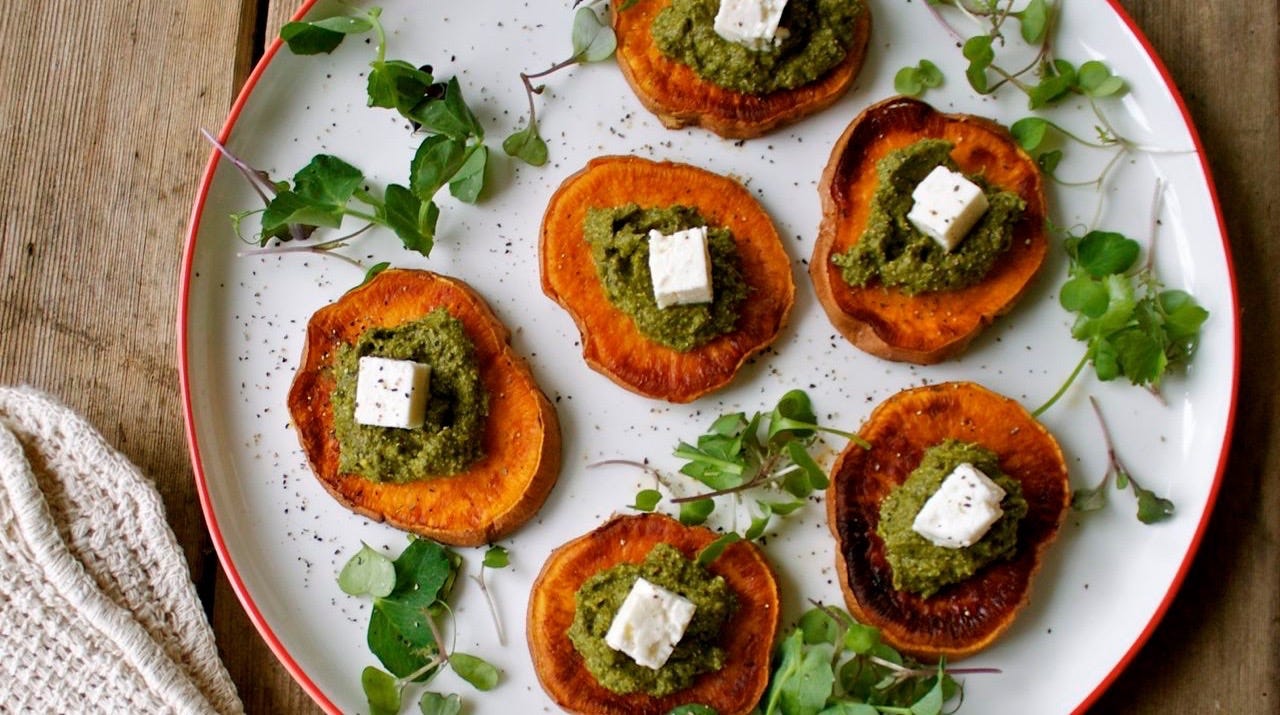
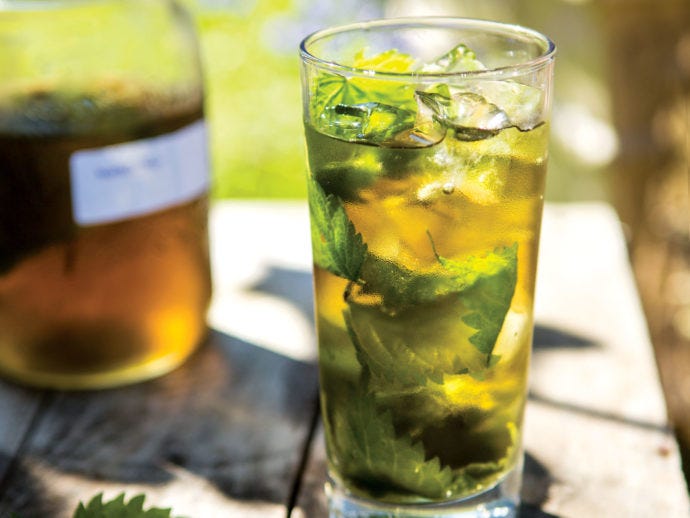
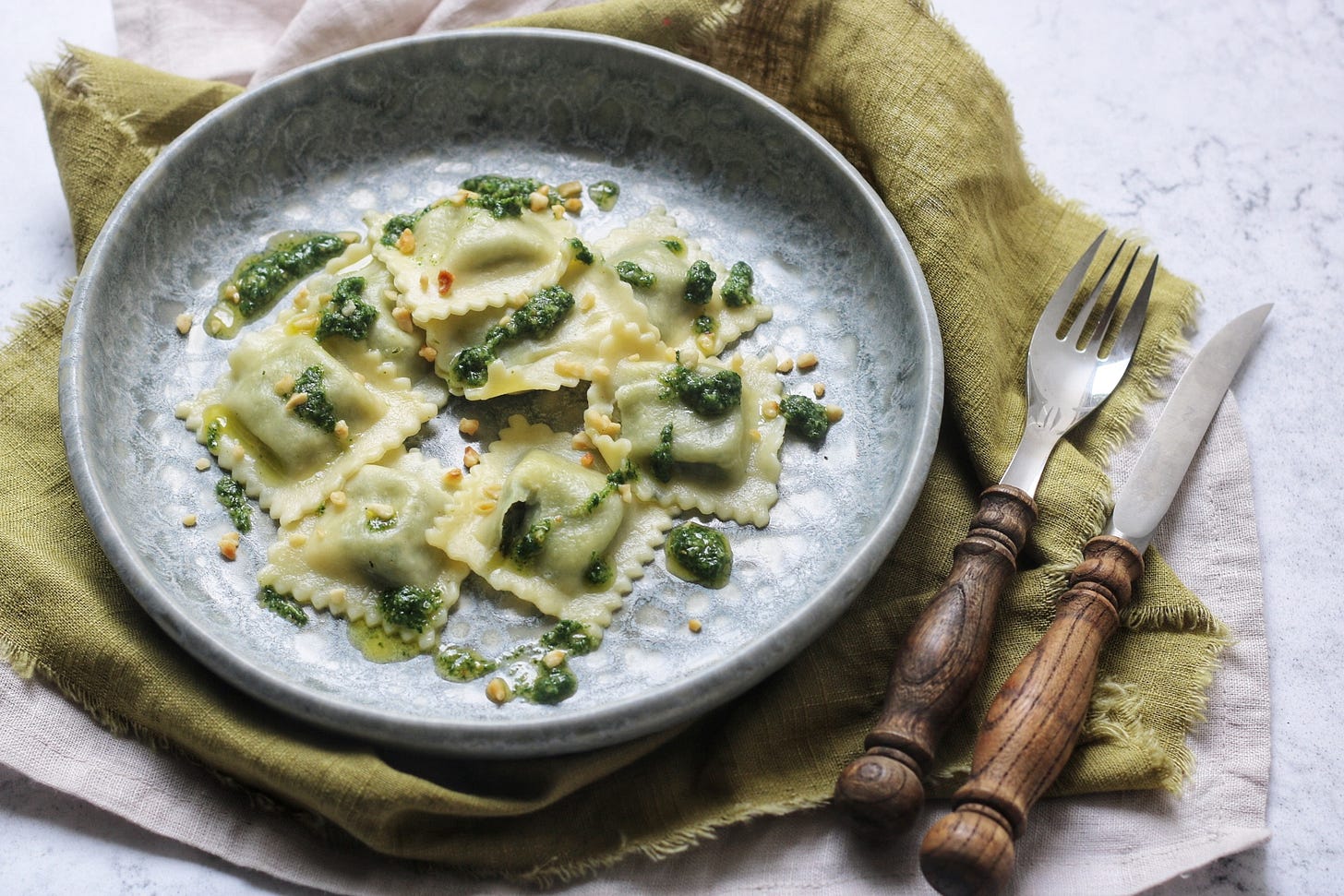
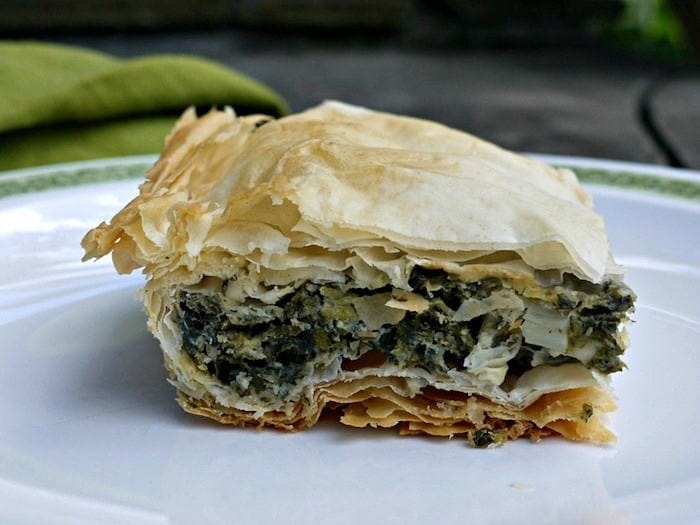
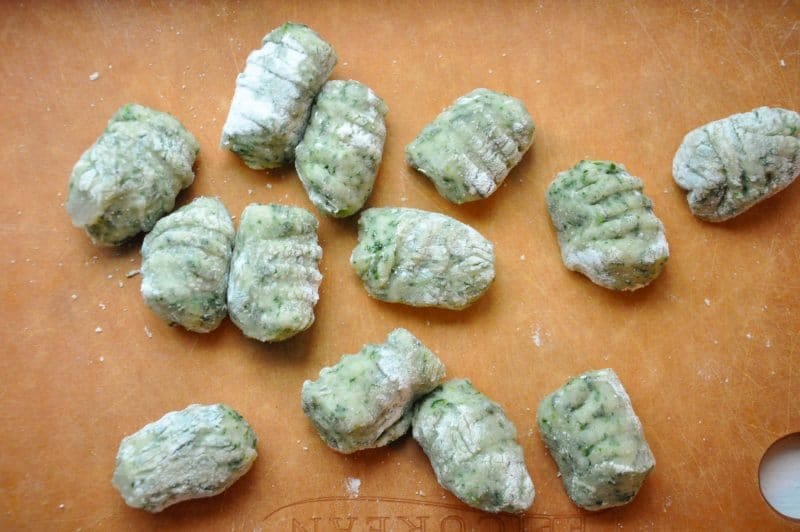
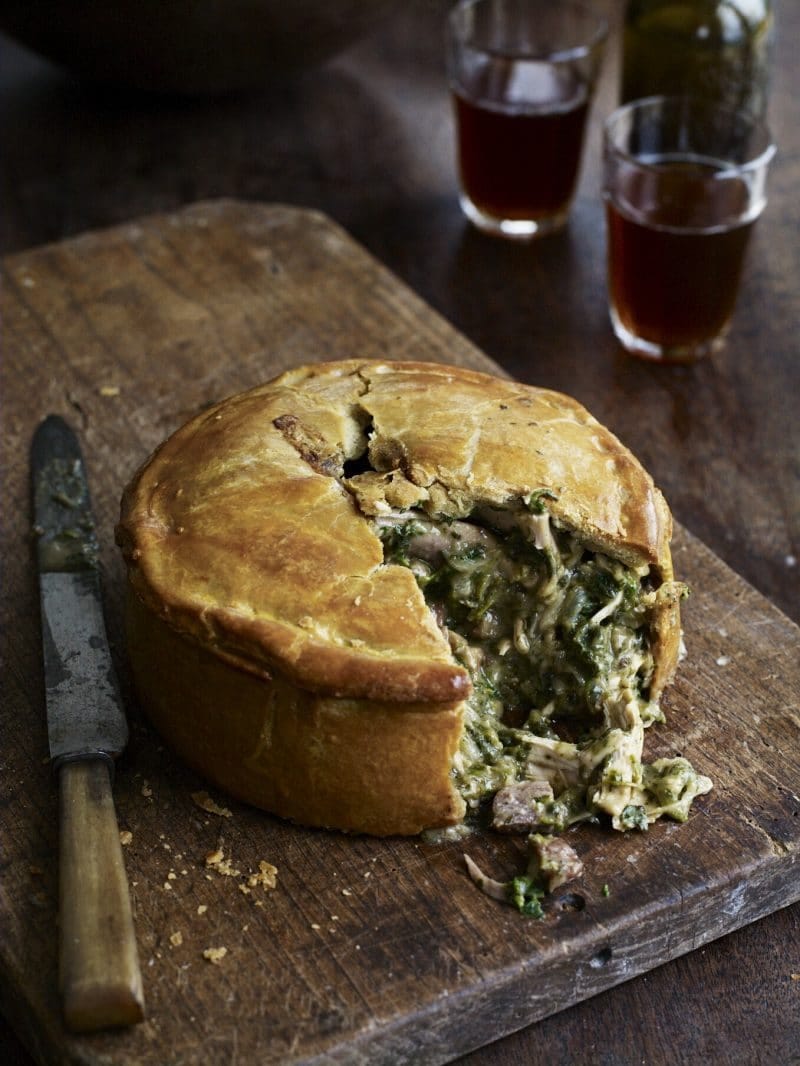
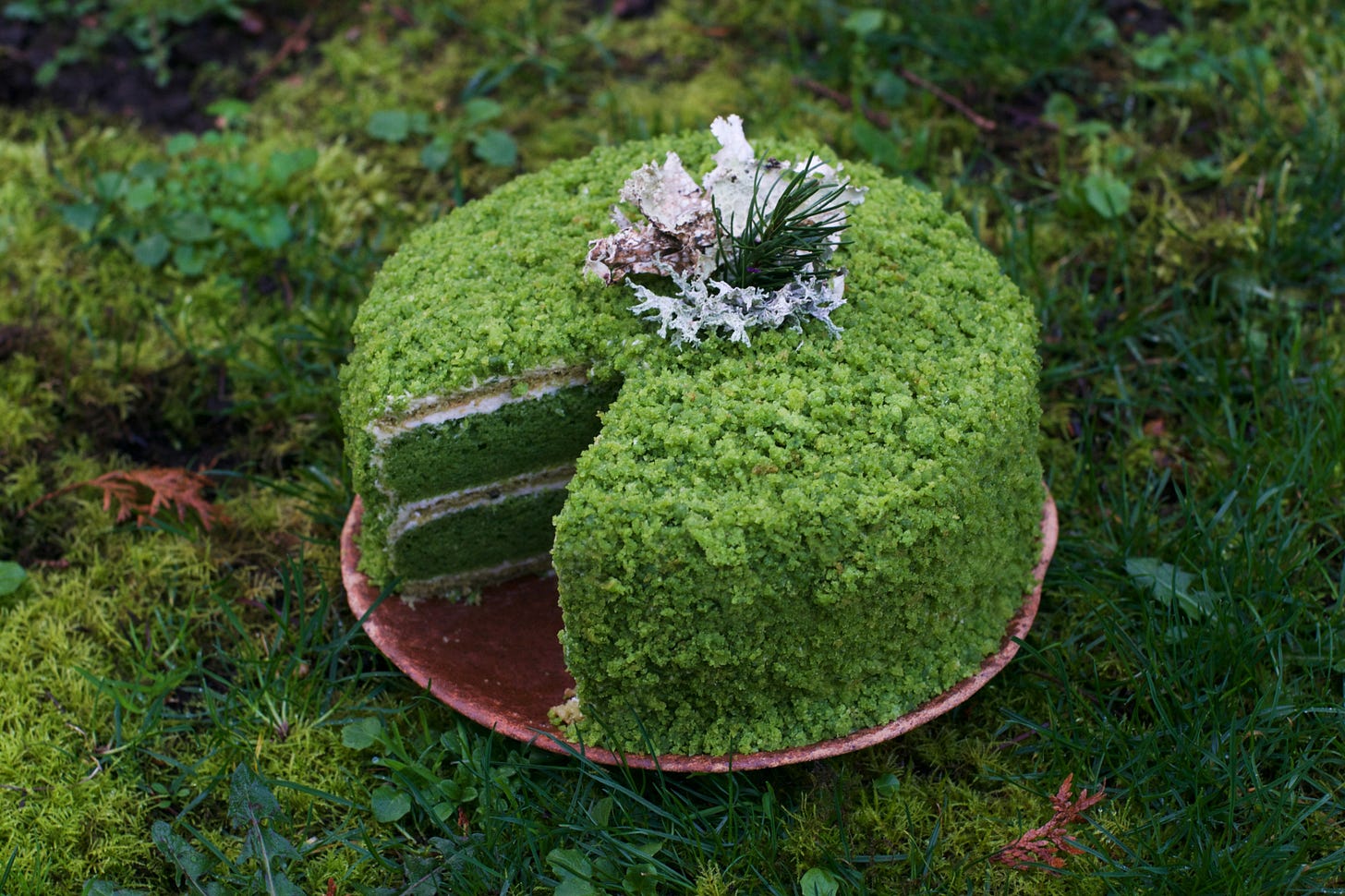
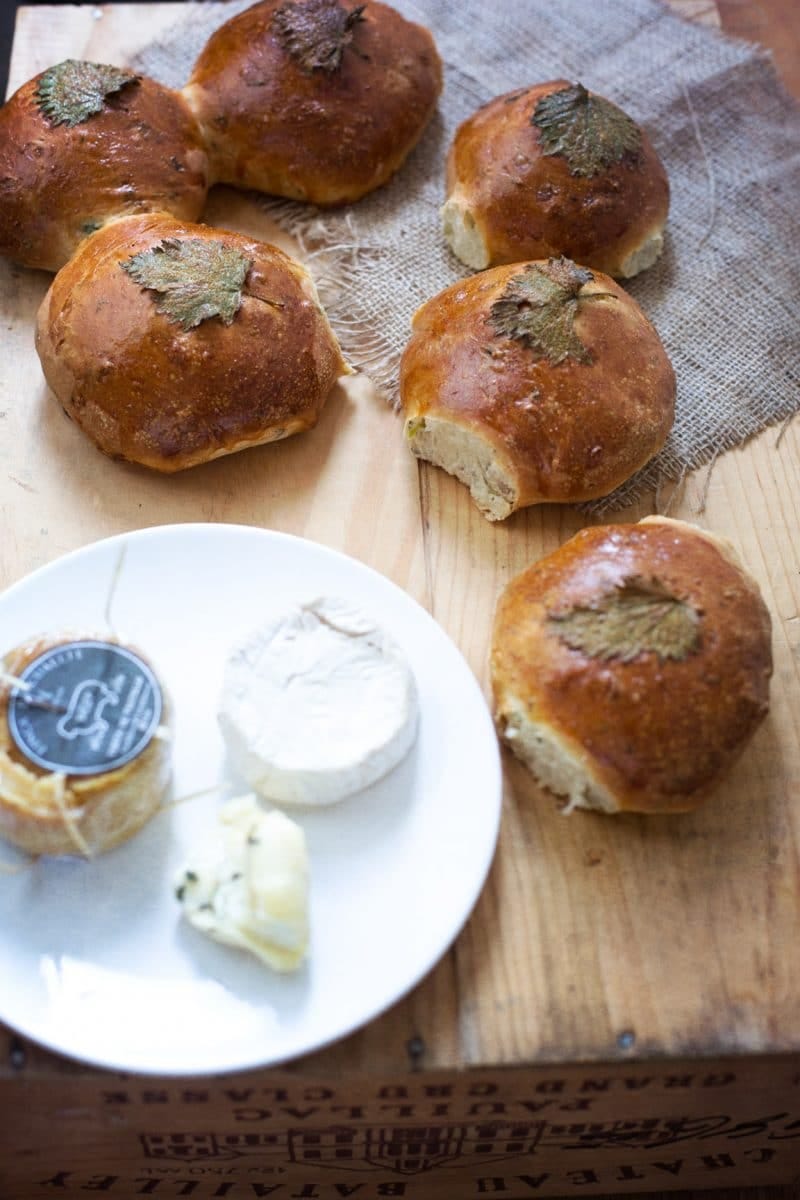
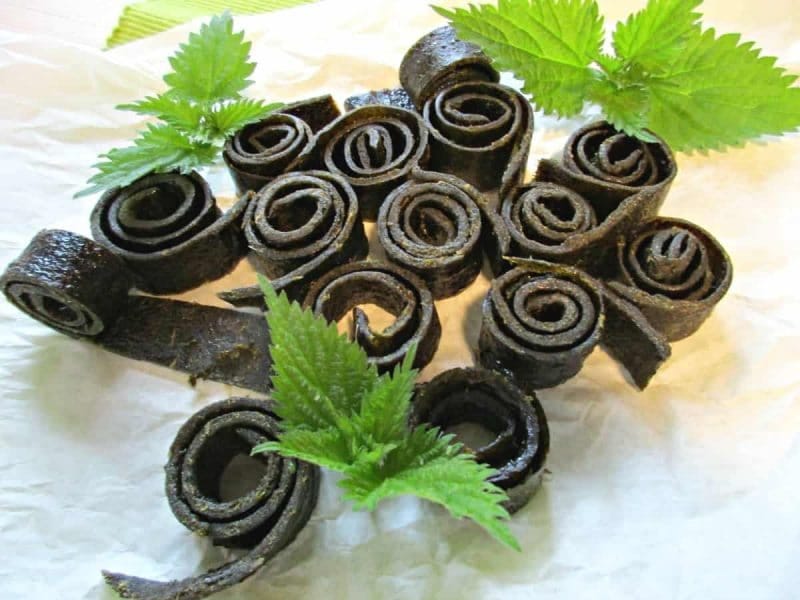
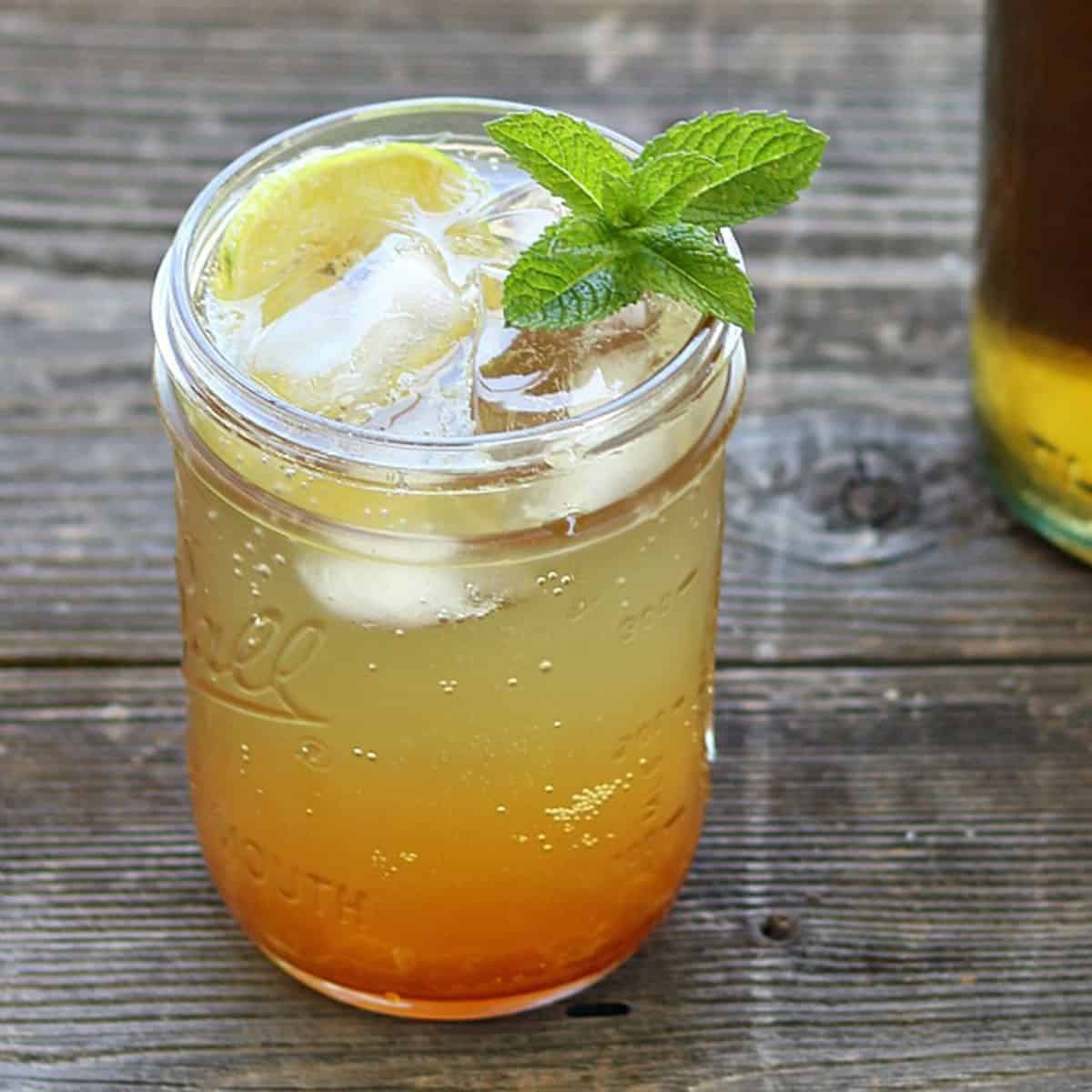

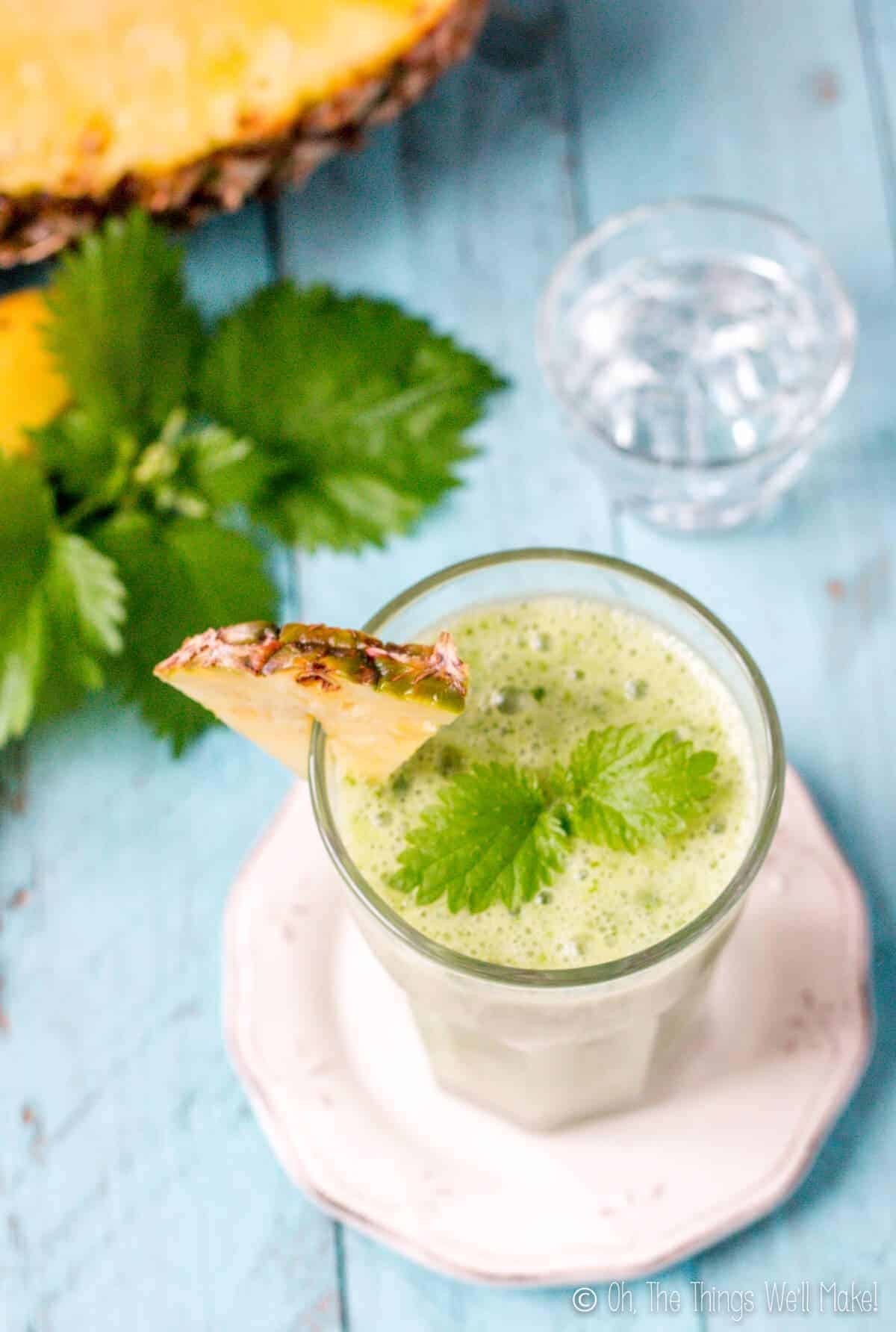
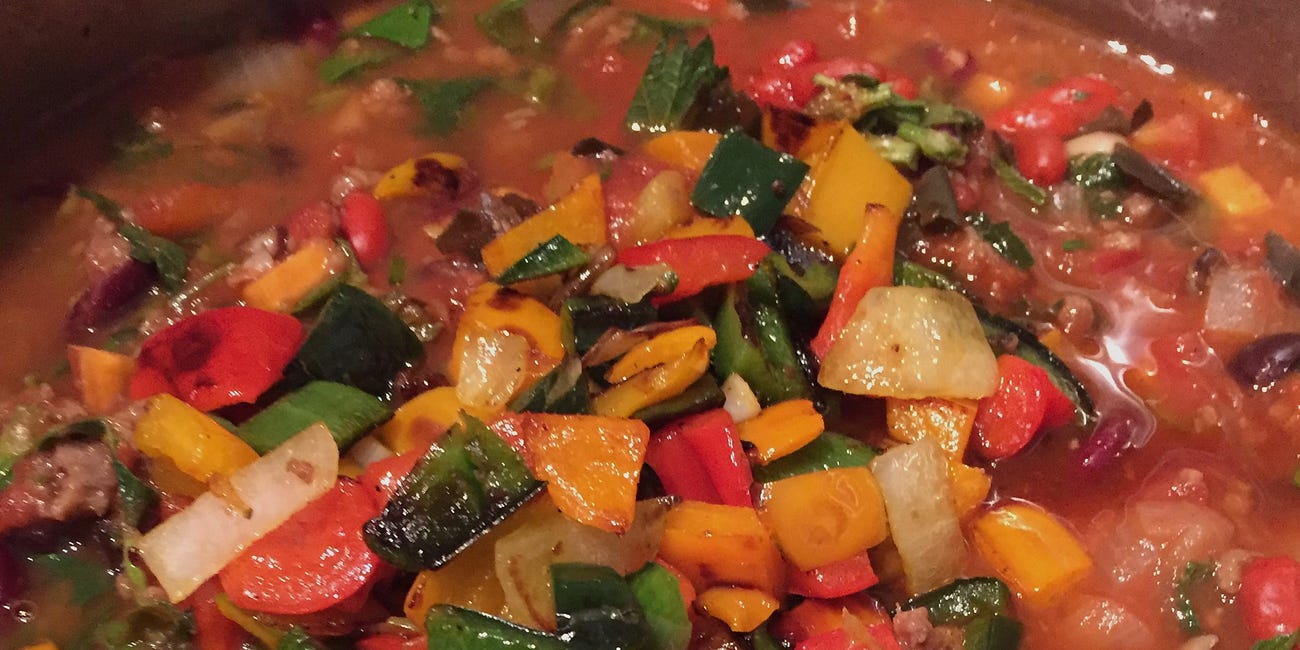
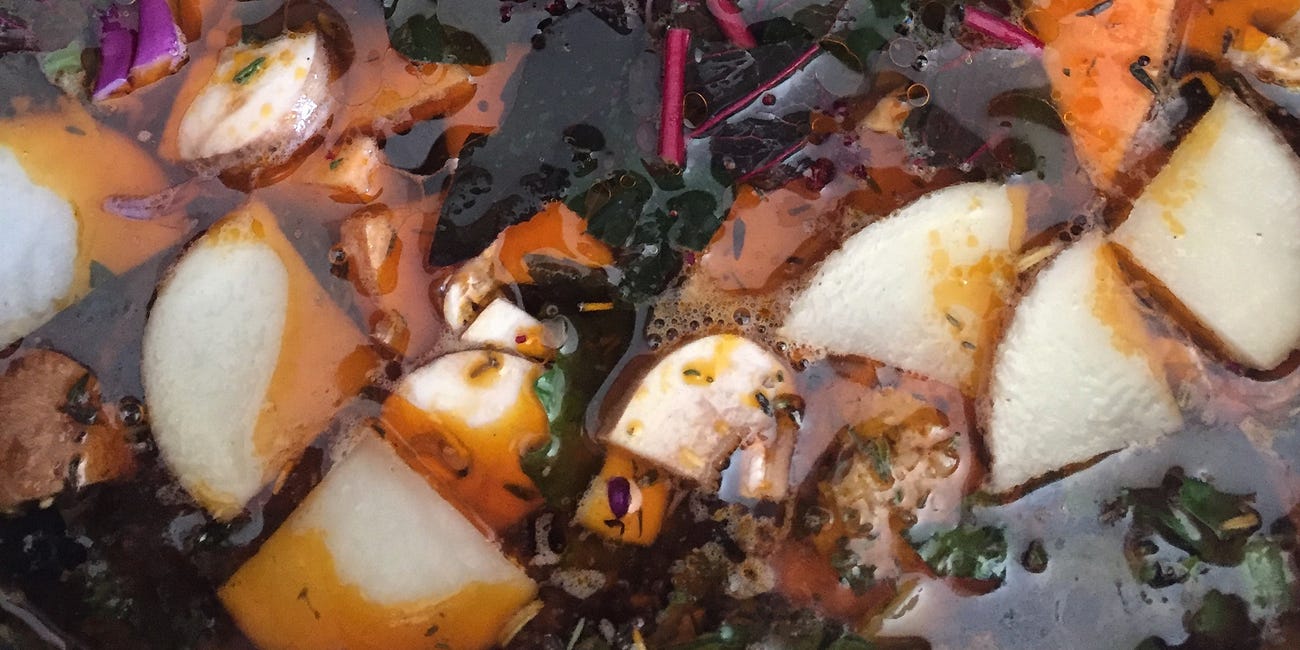
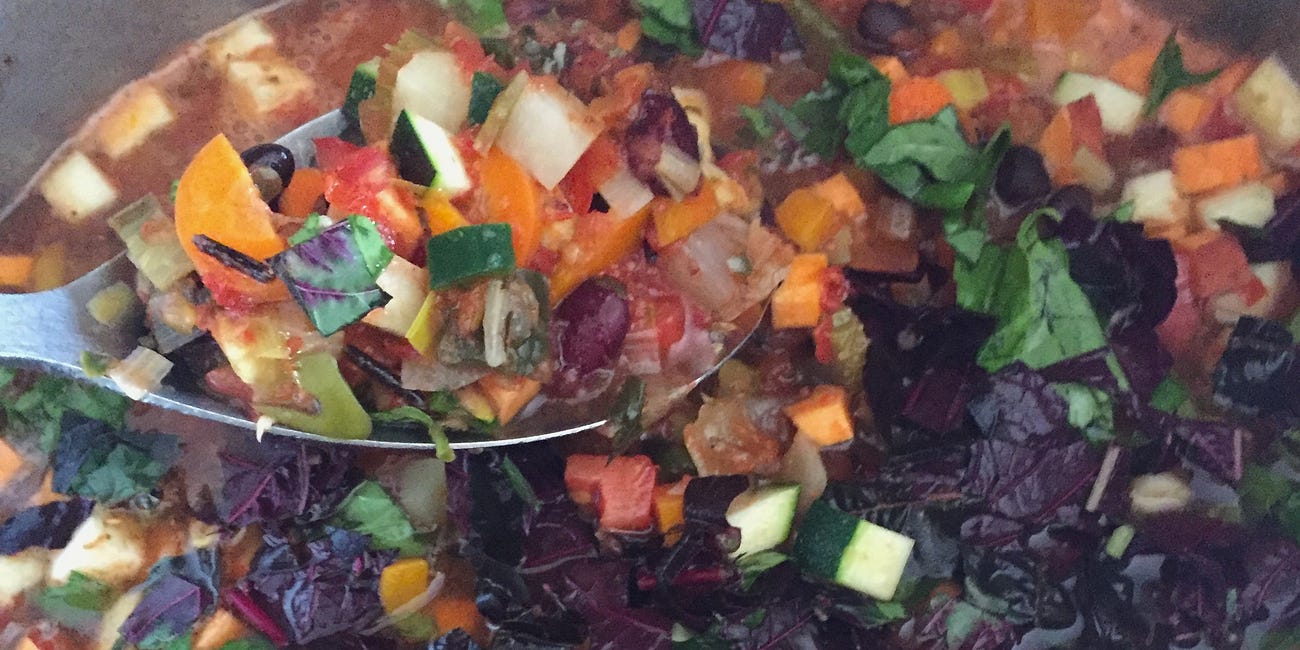



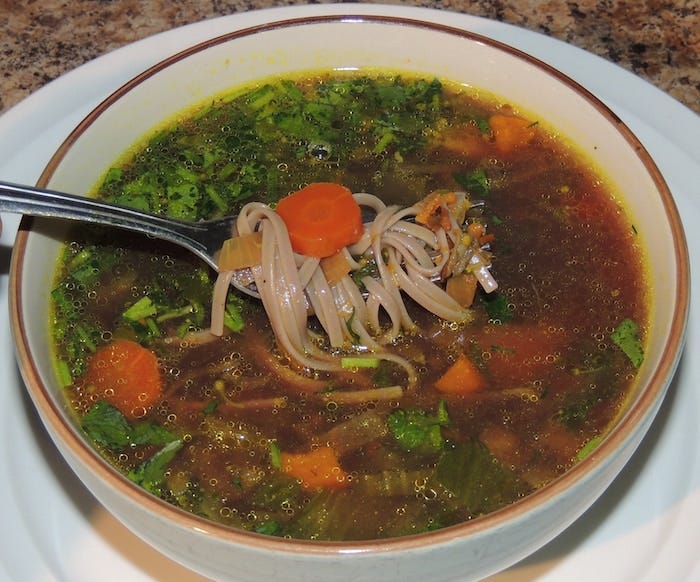












I have never seen a more extensive resource for nettles! Amazing work.
We are just seeing the nettles rising a little higher above the grass in the pasture and LOVE nettles pesto every year at this time! Planning on making it this week.